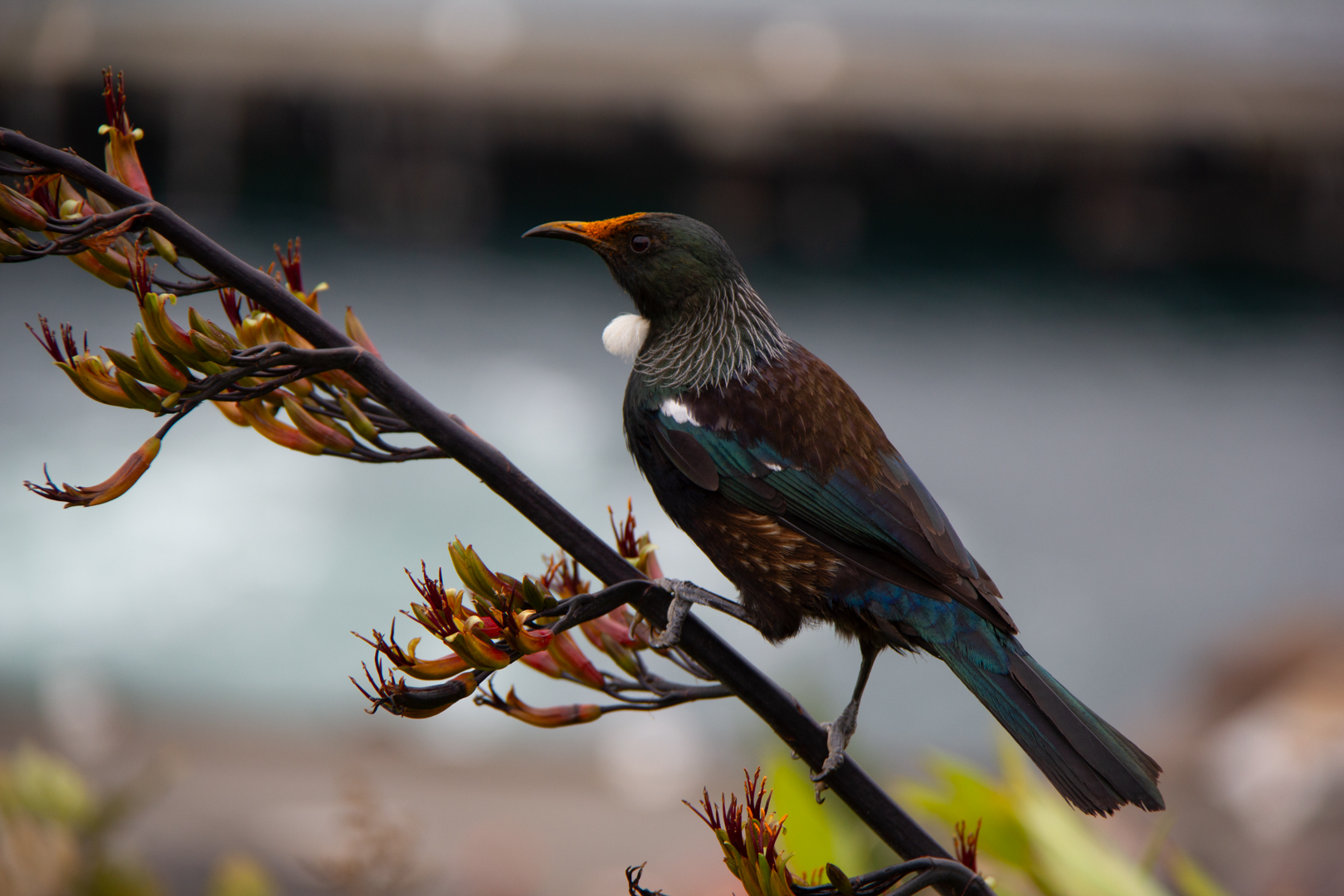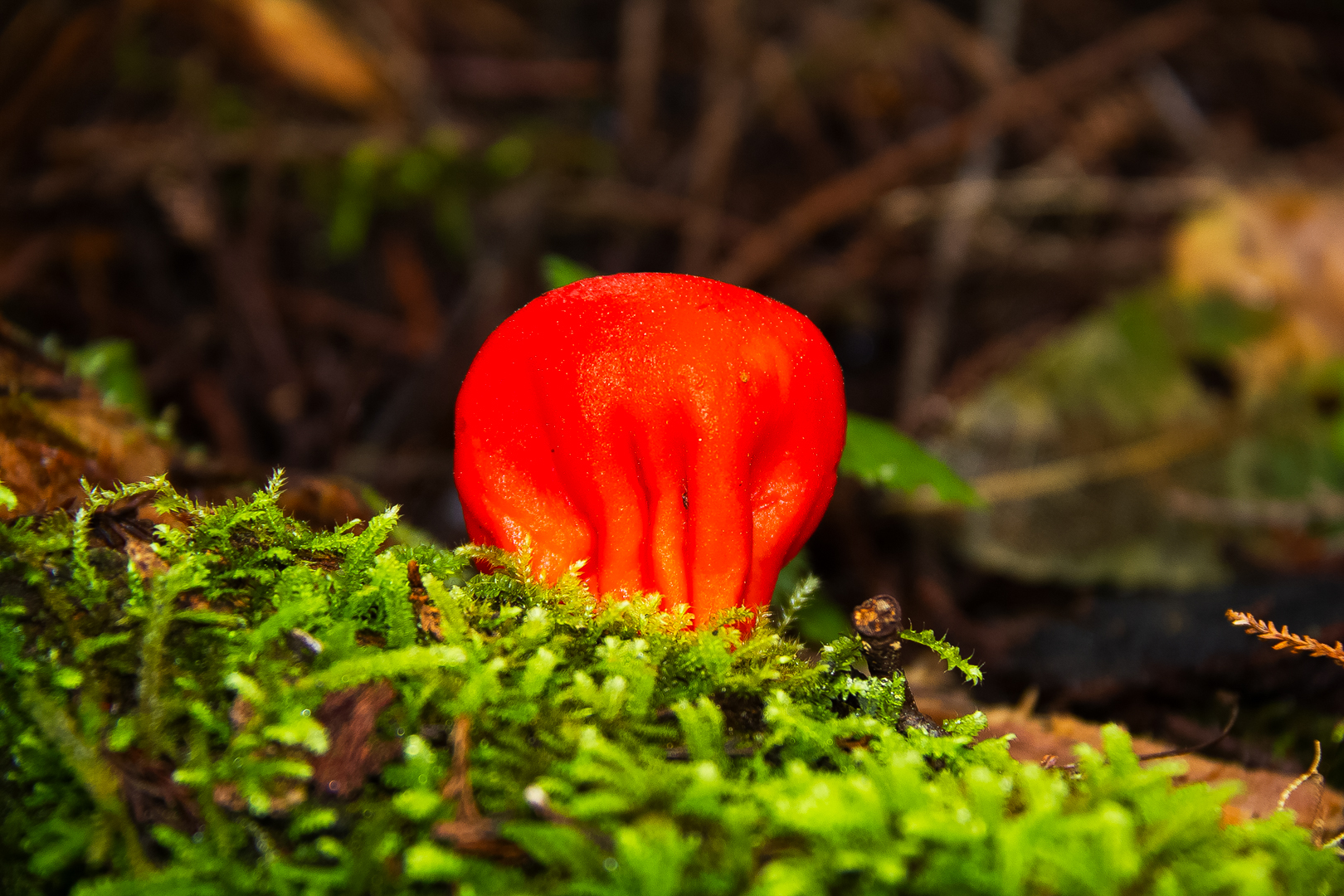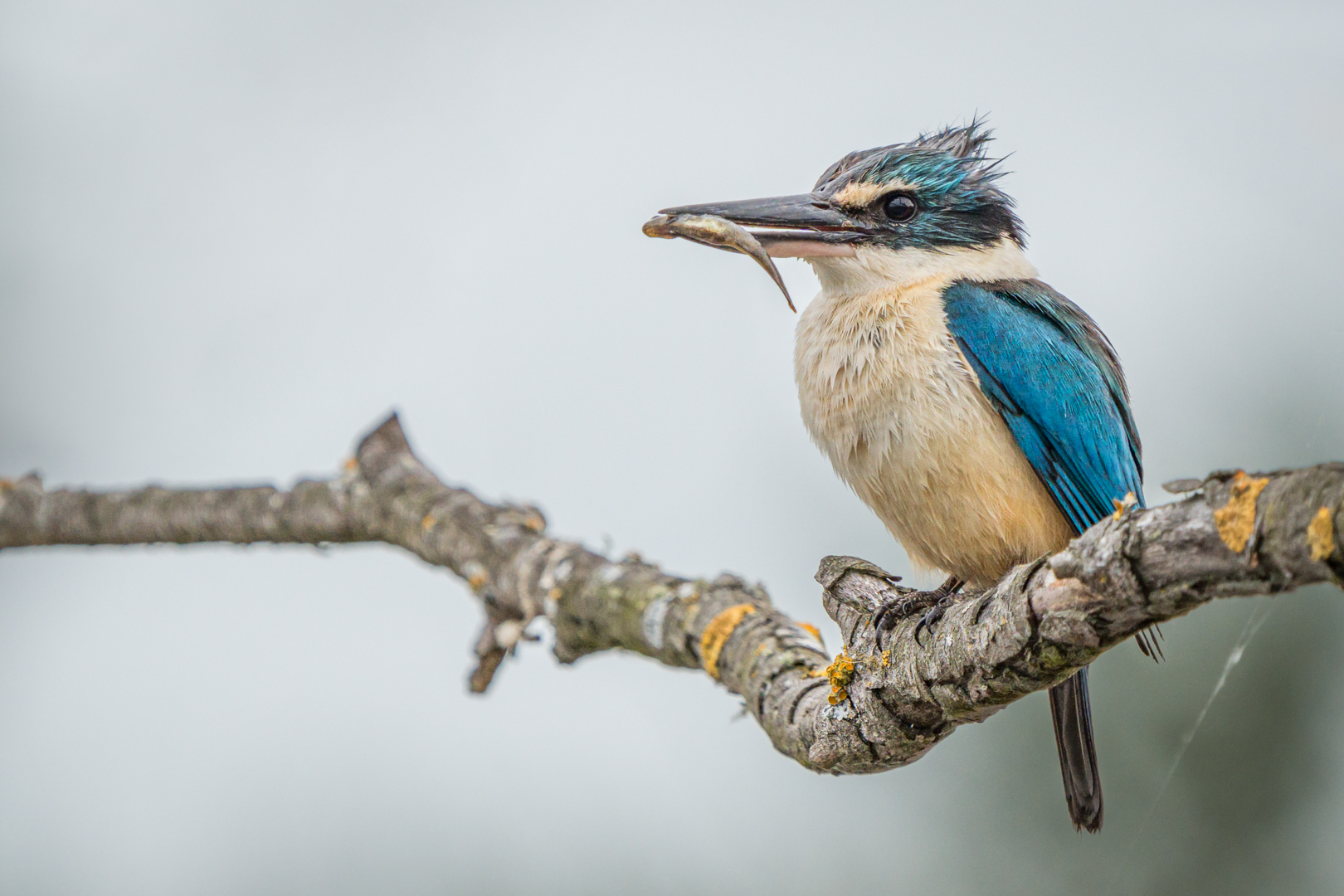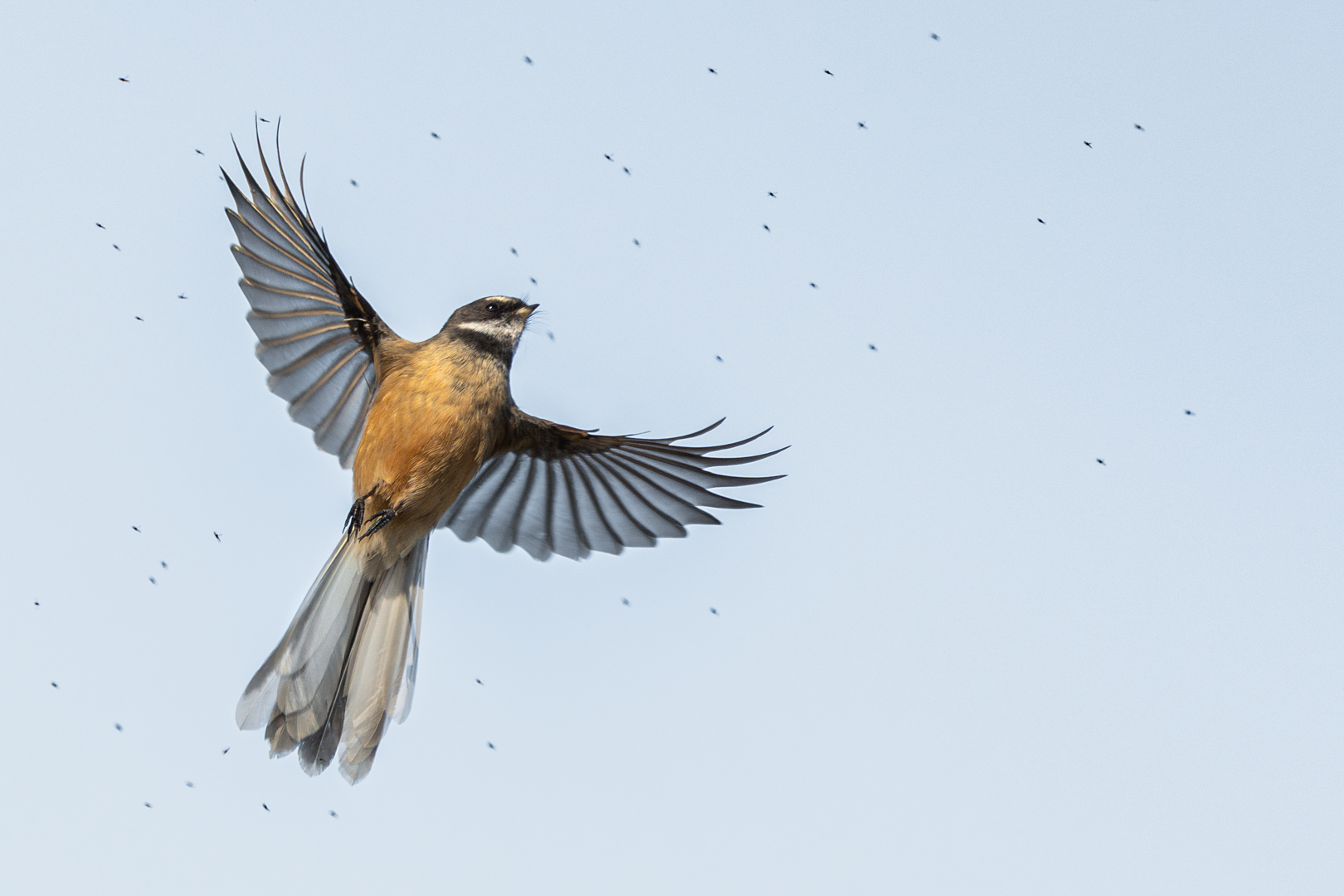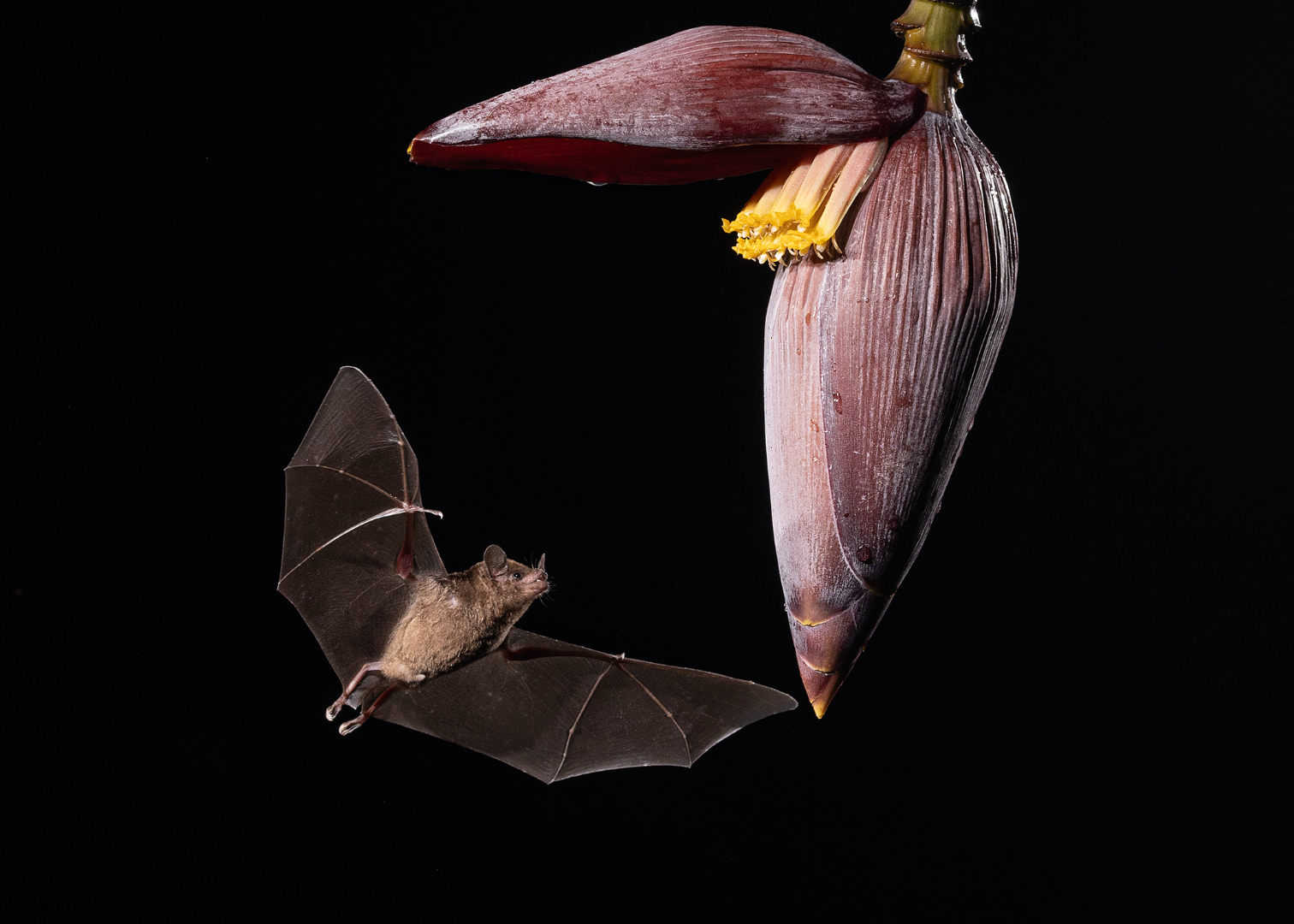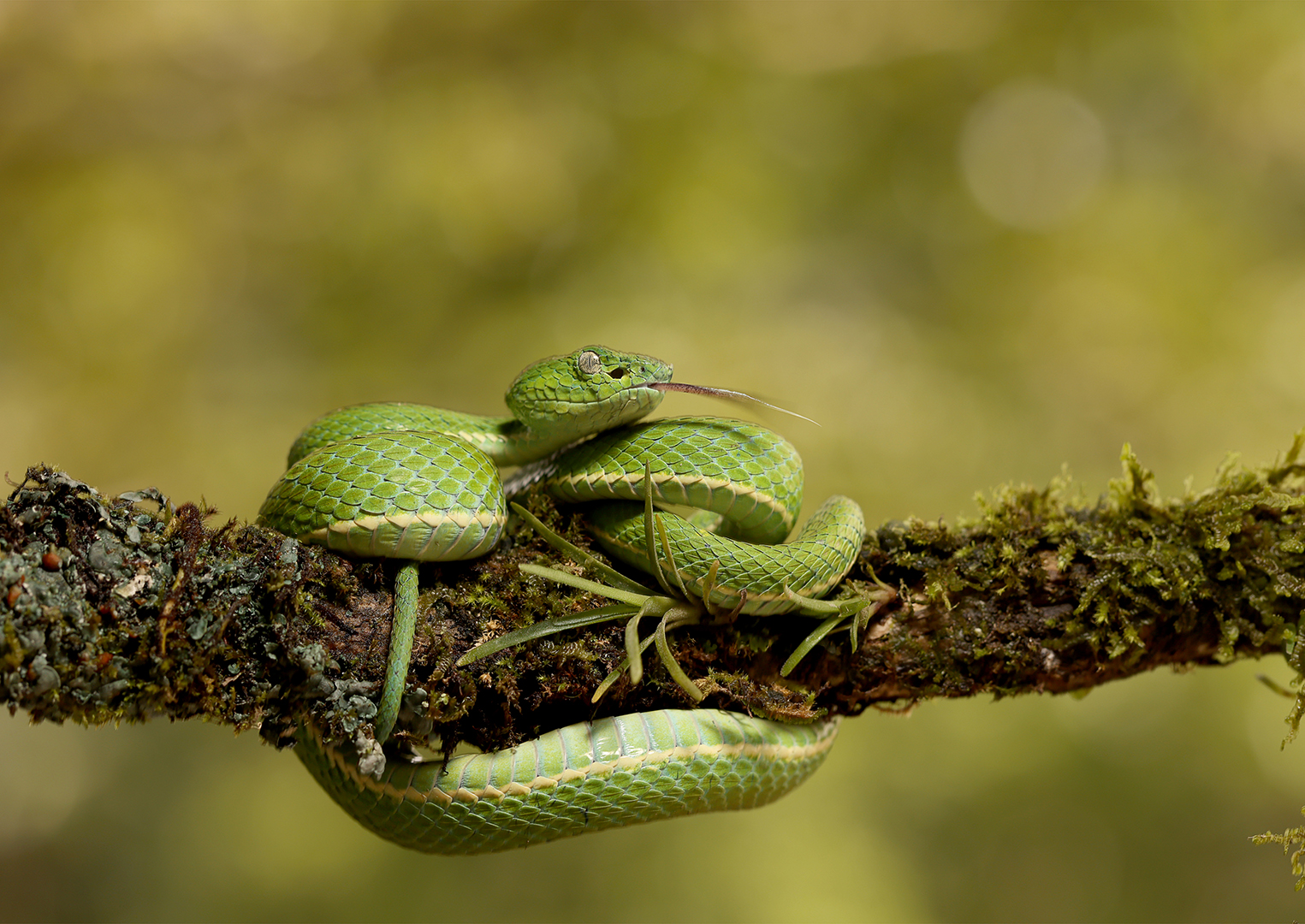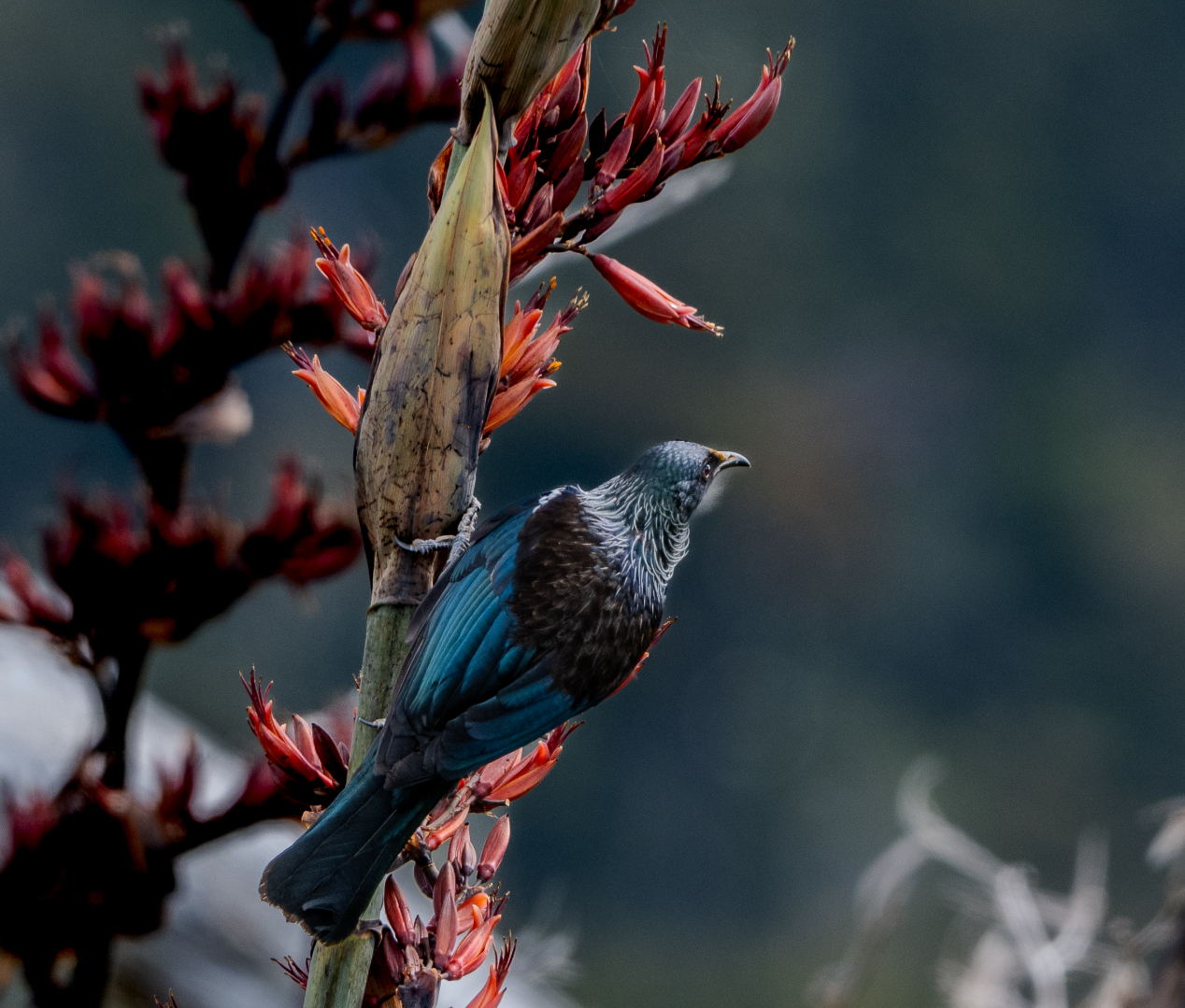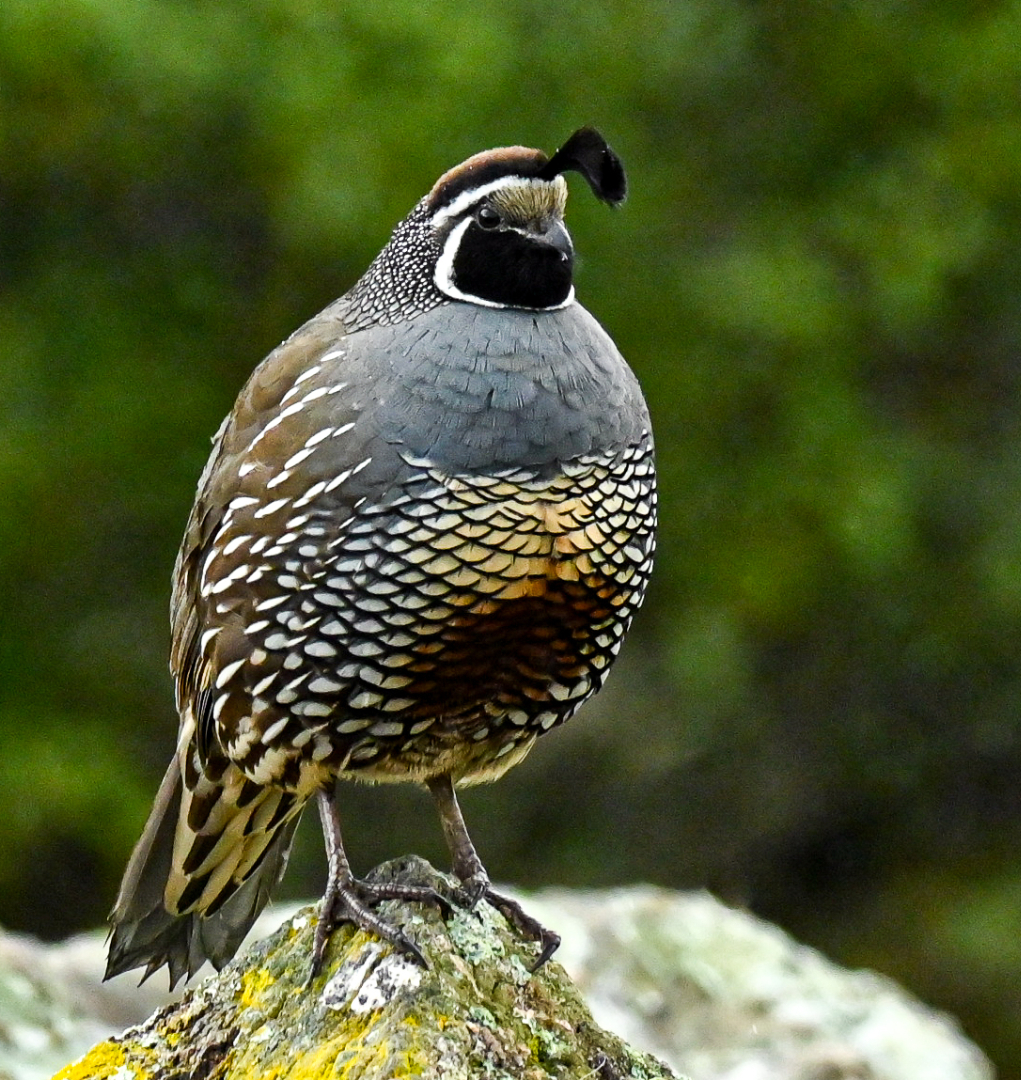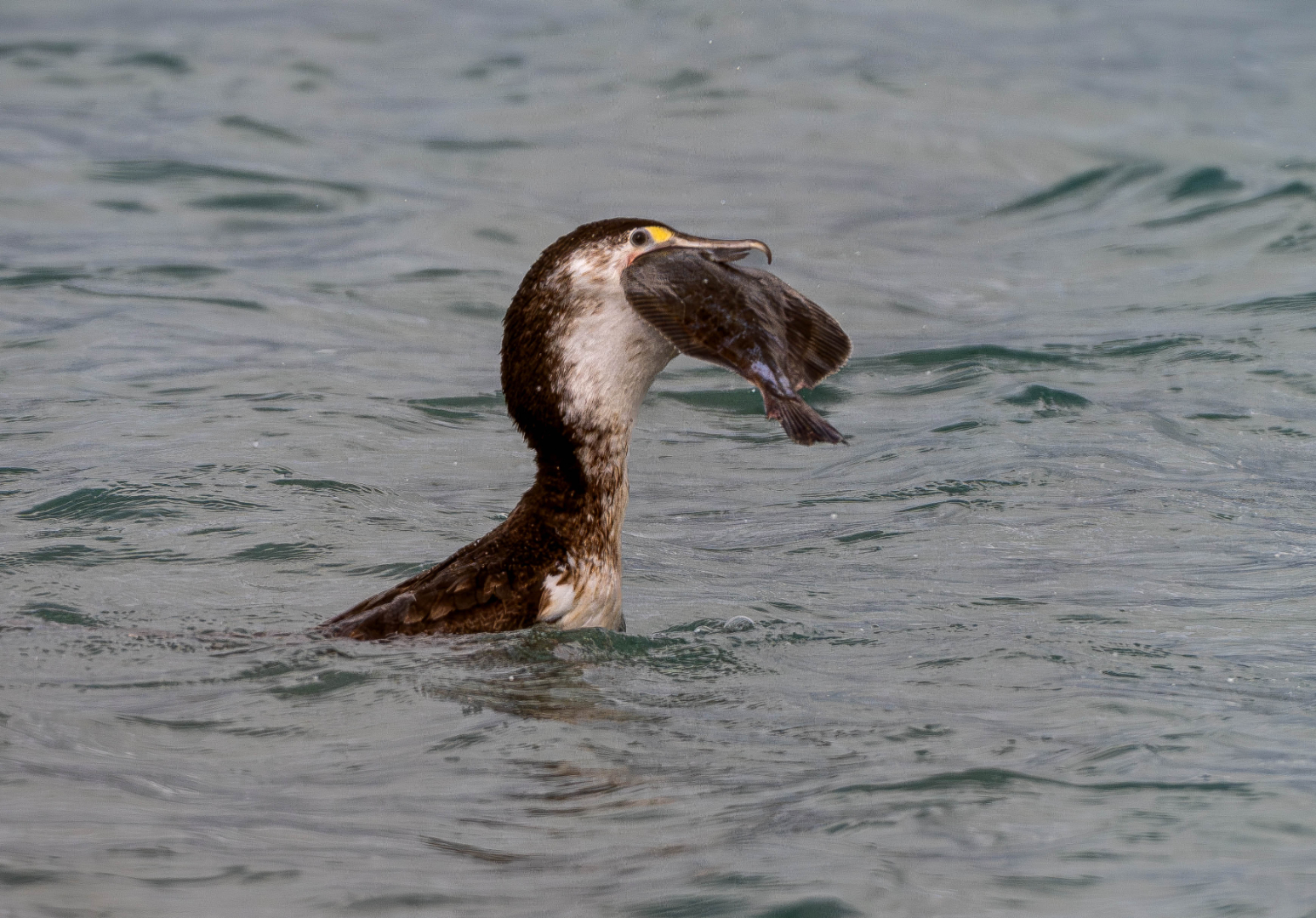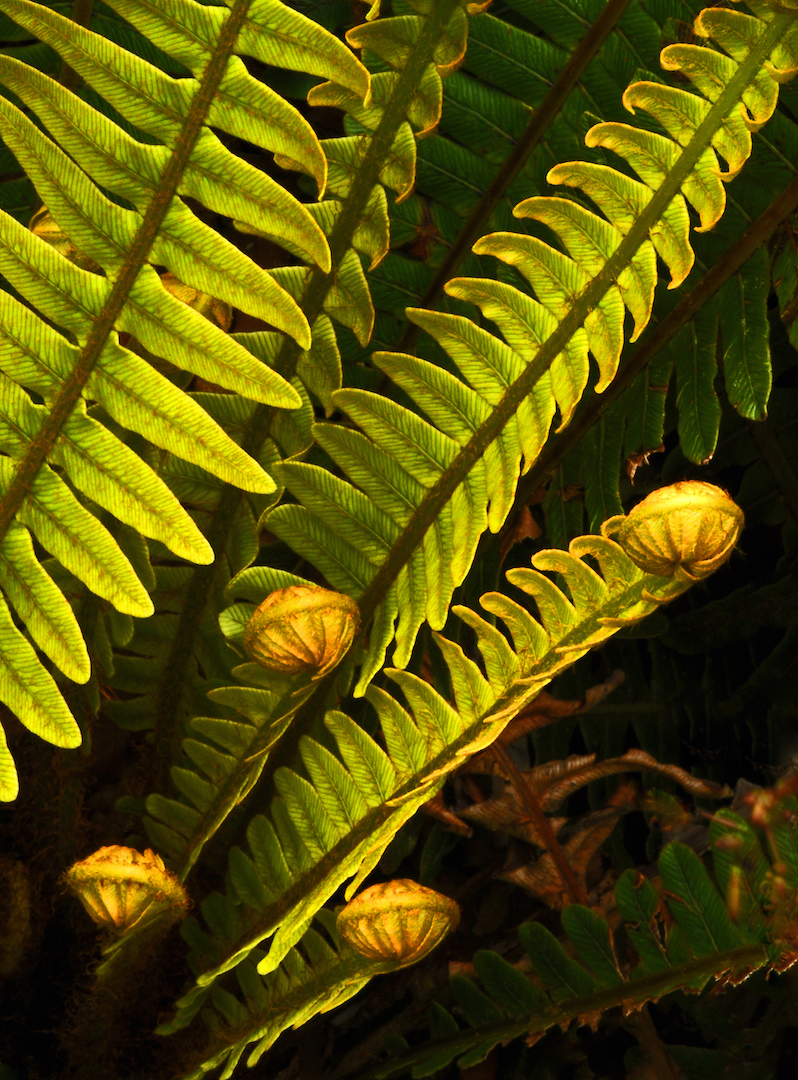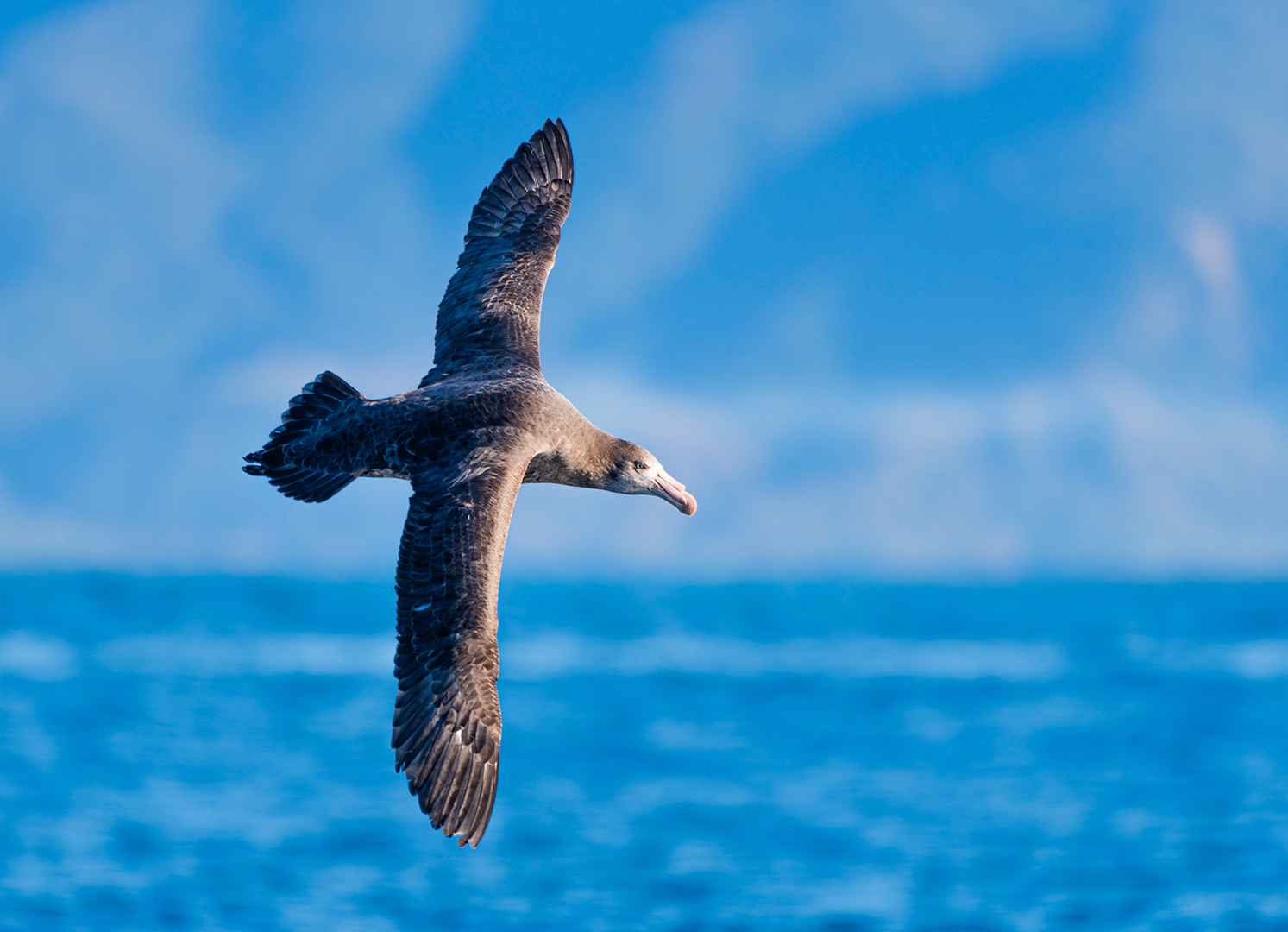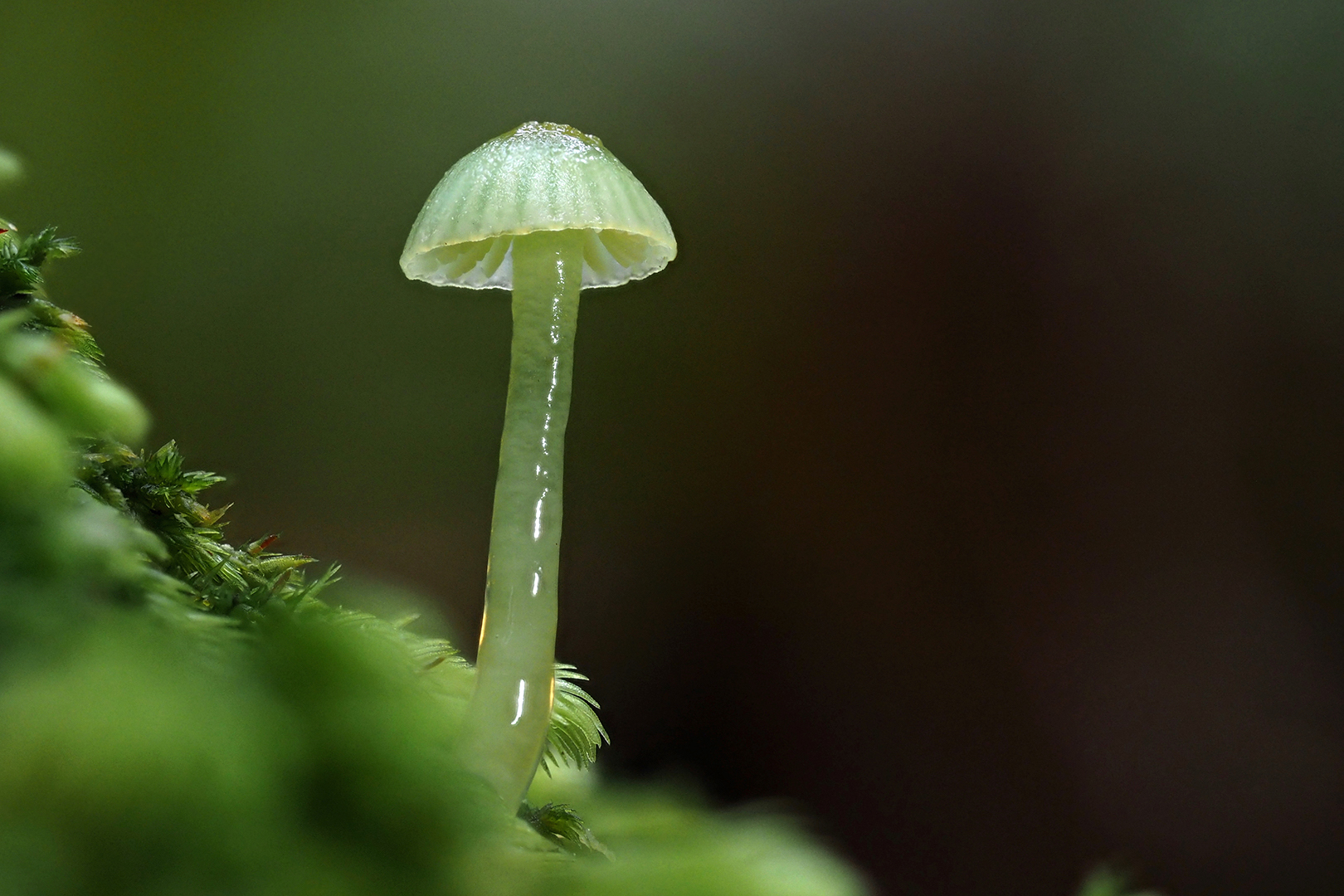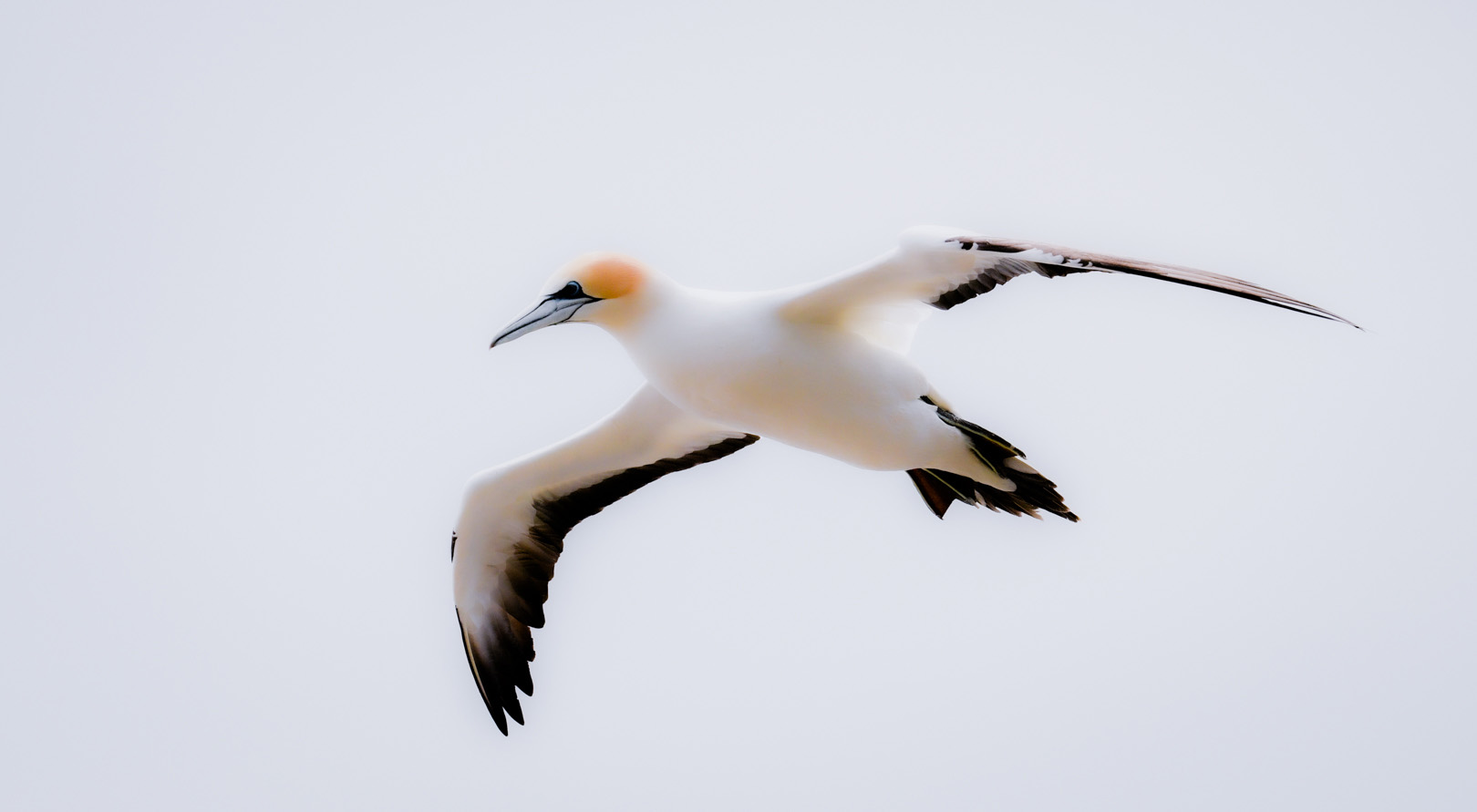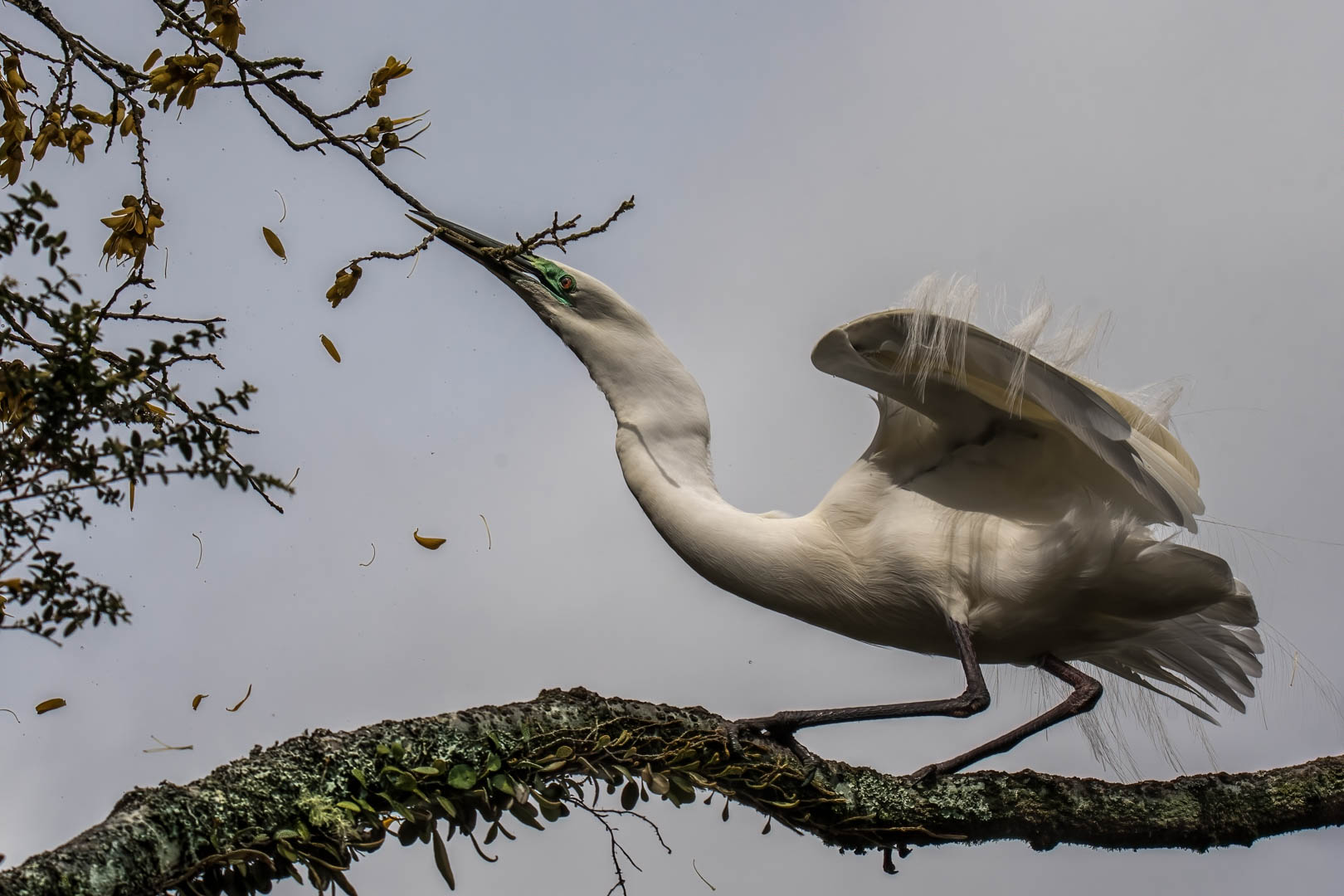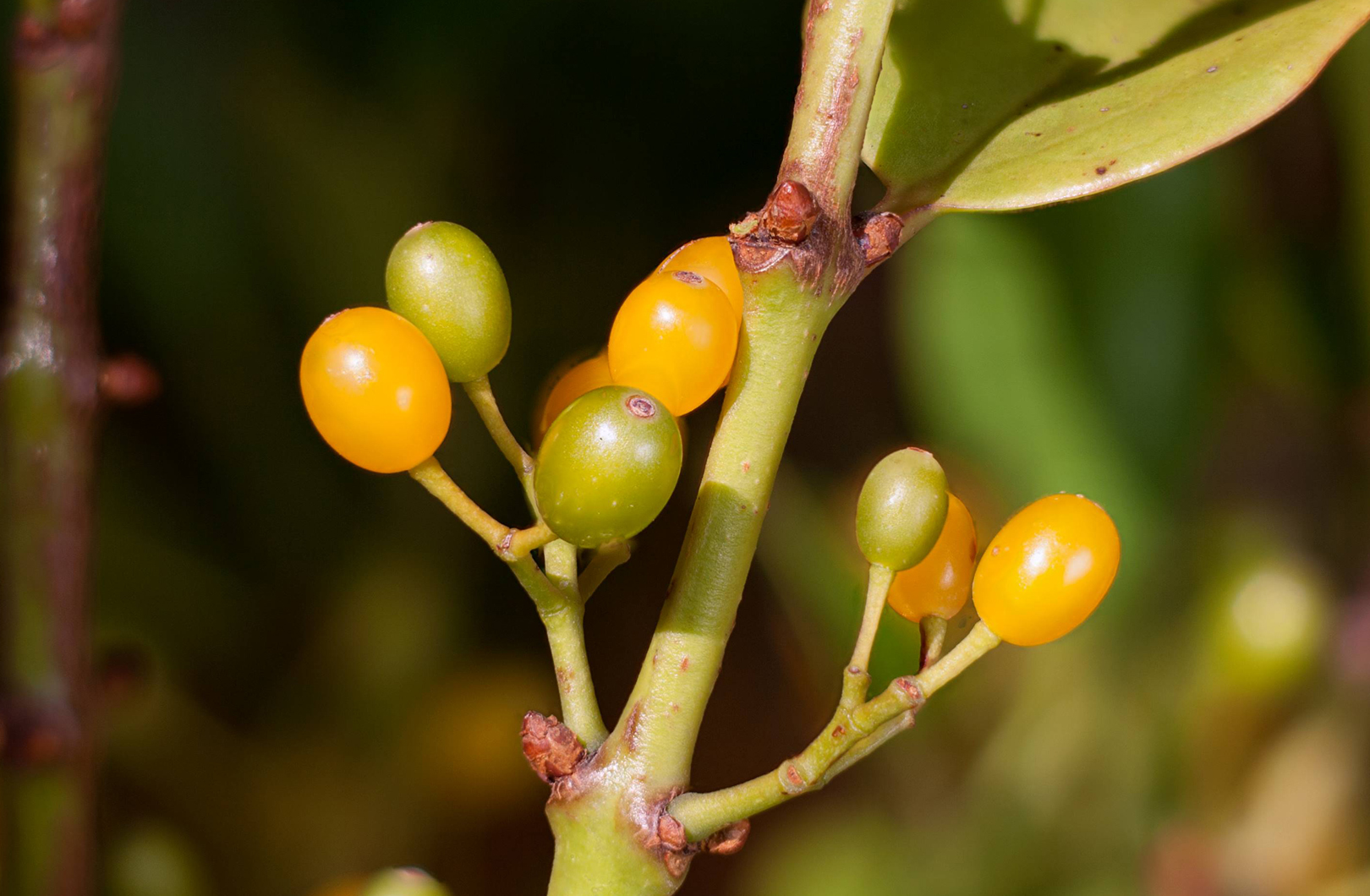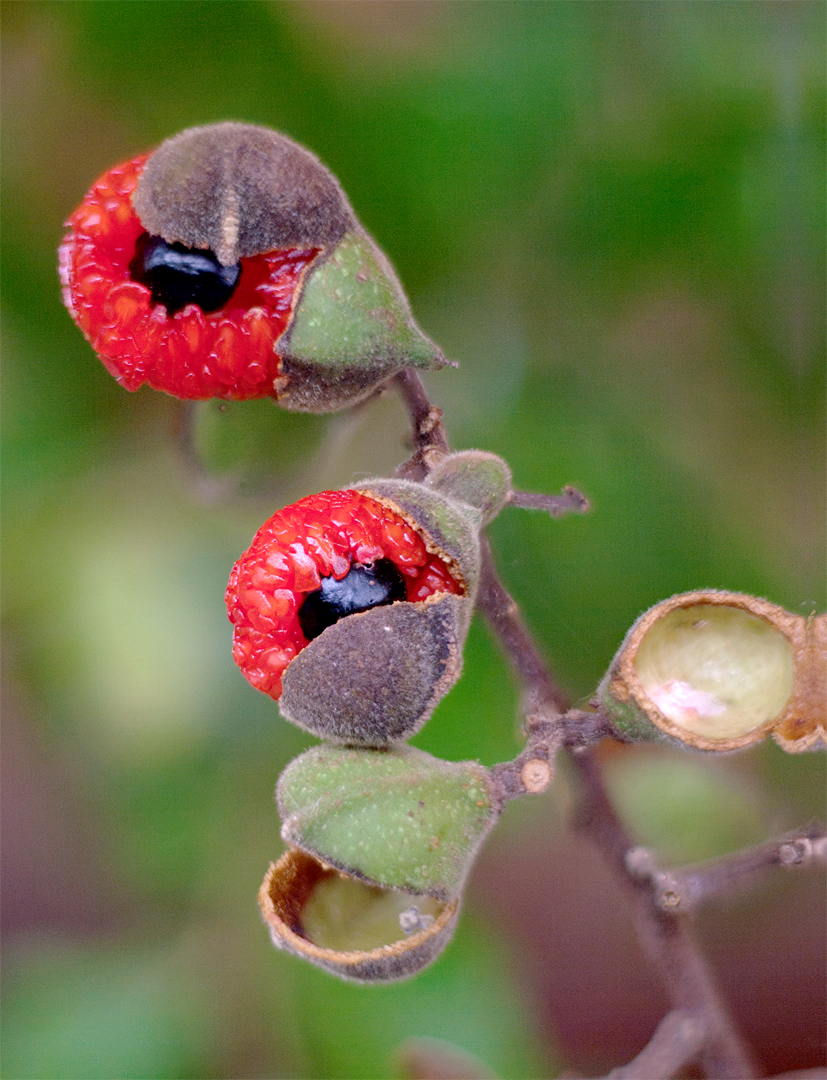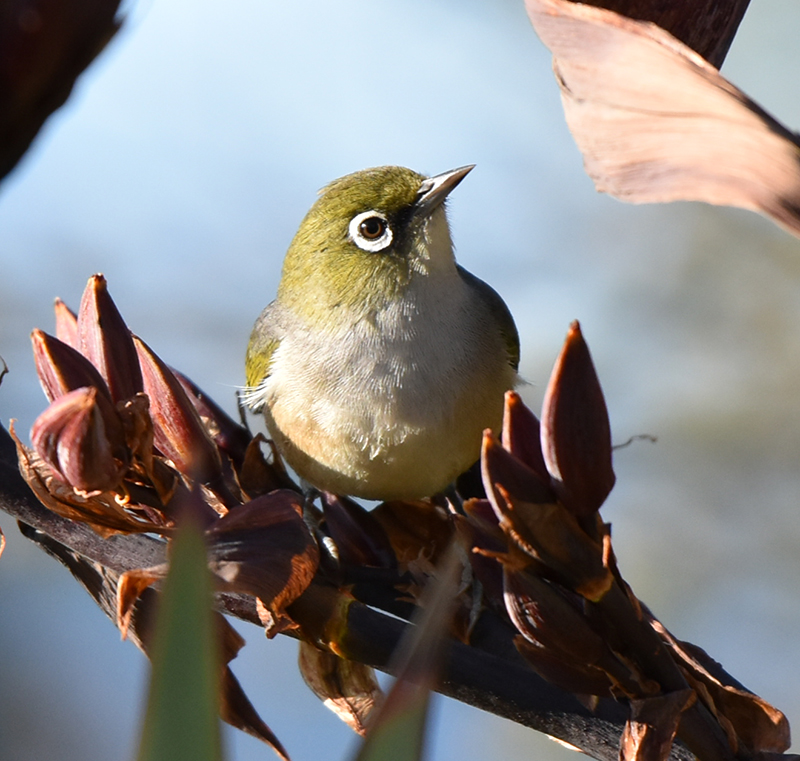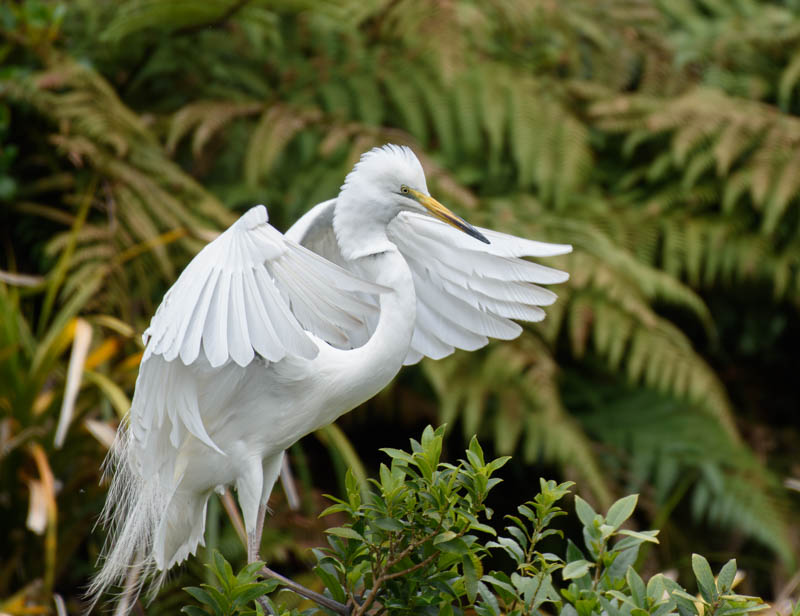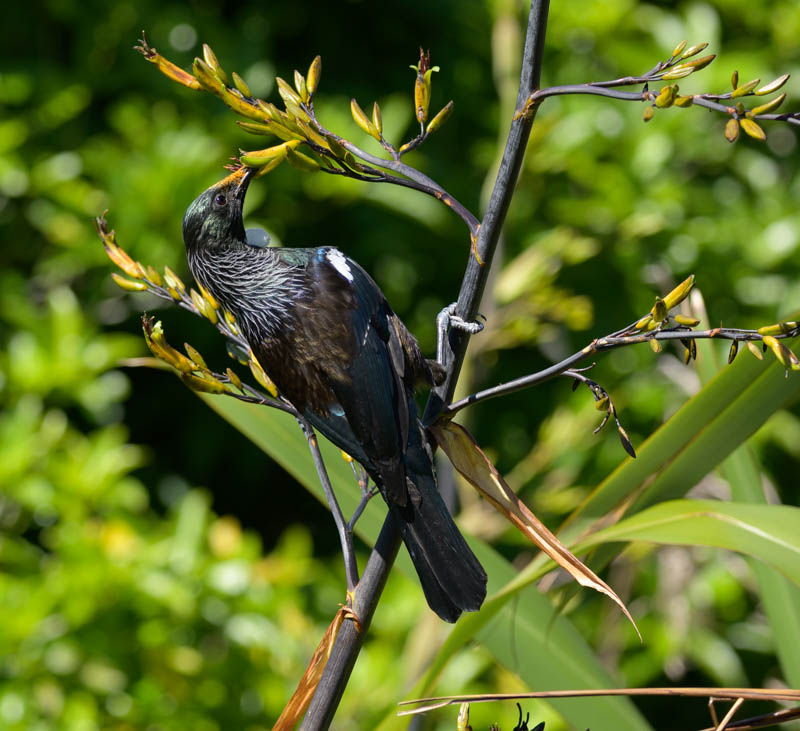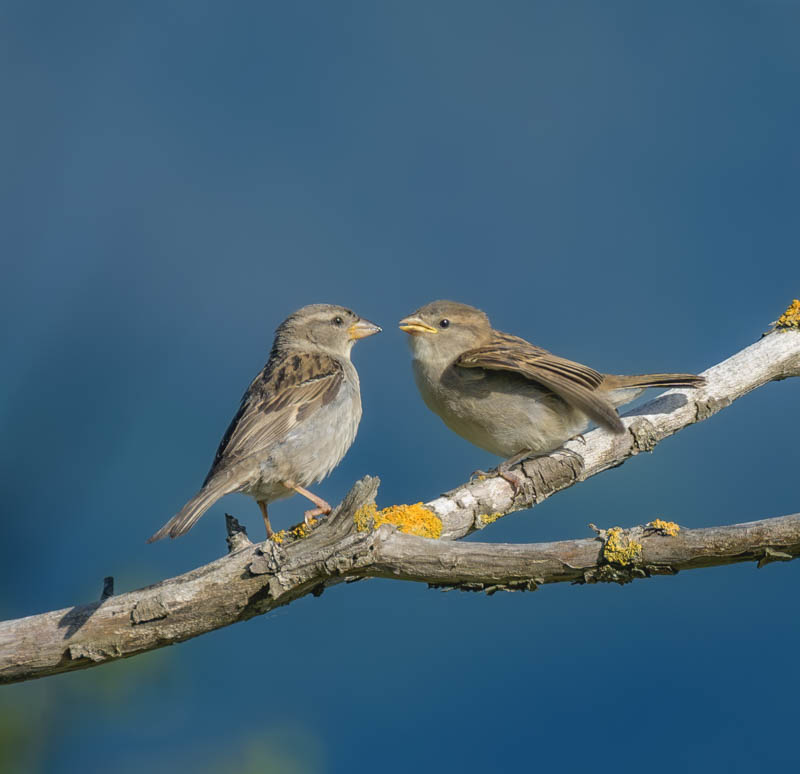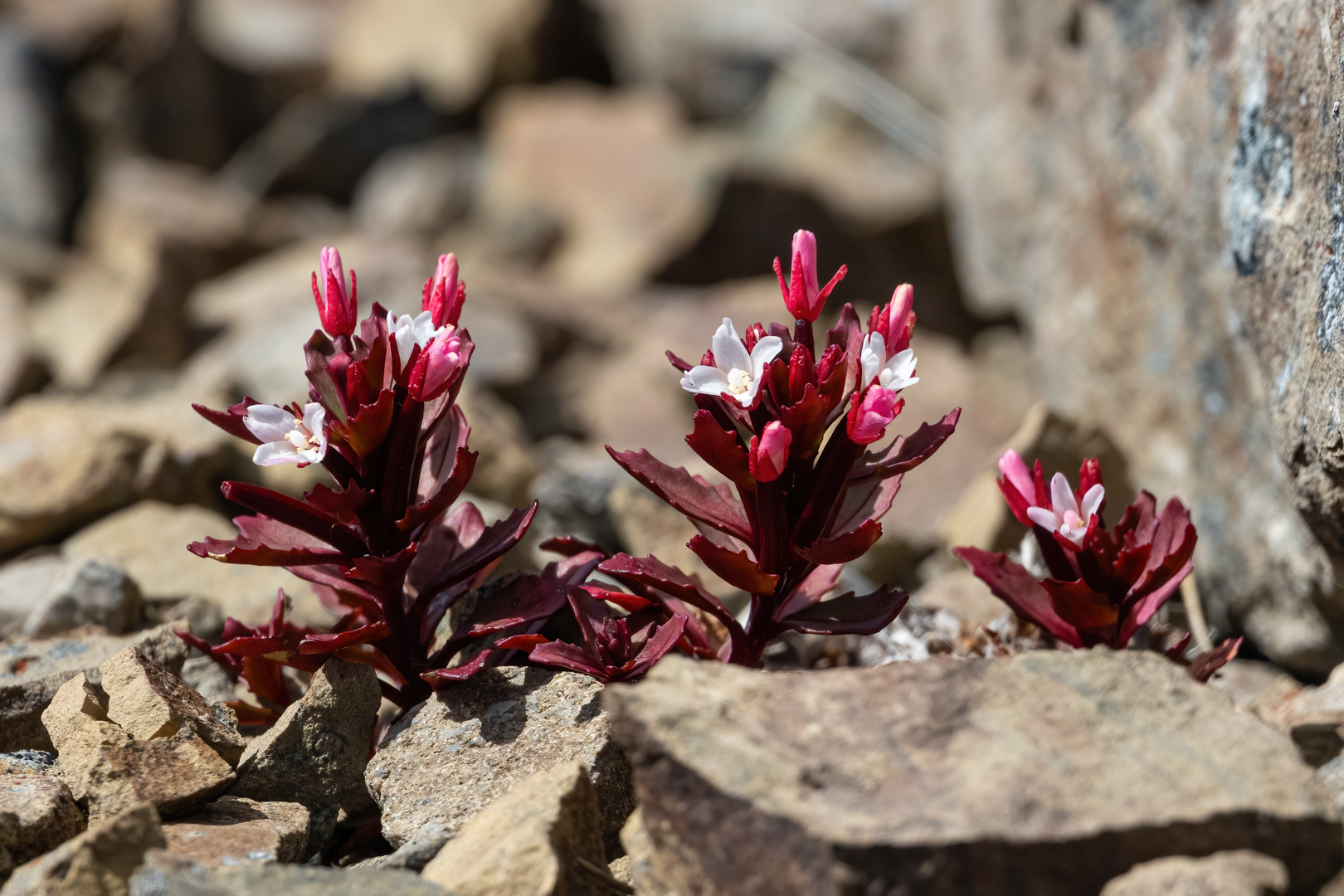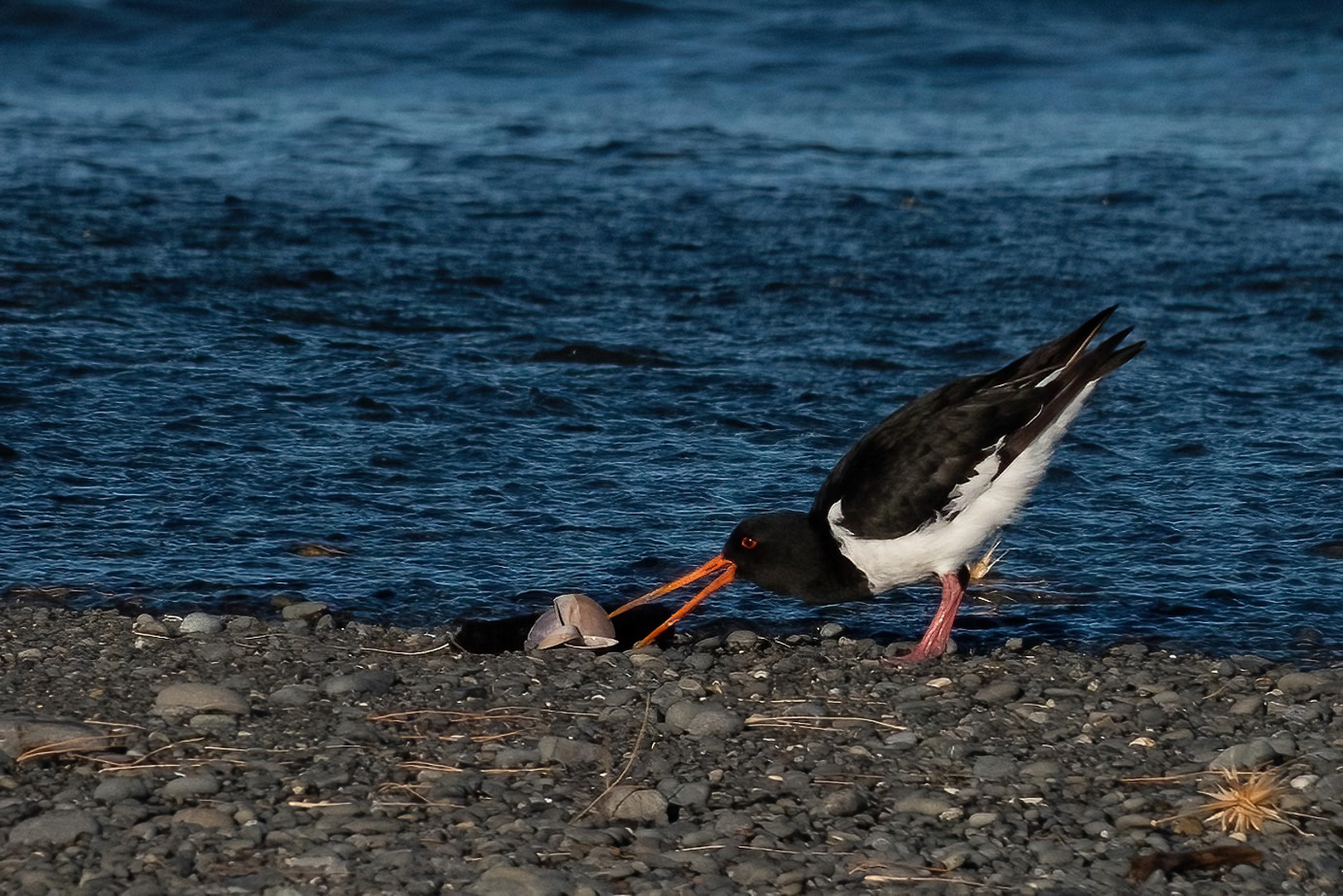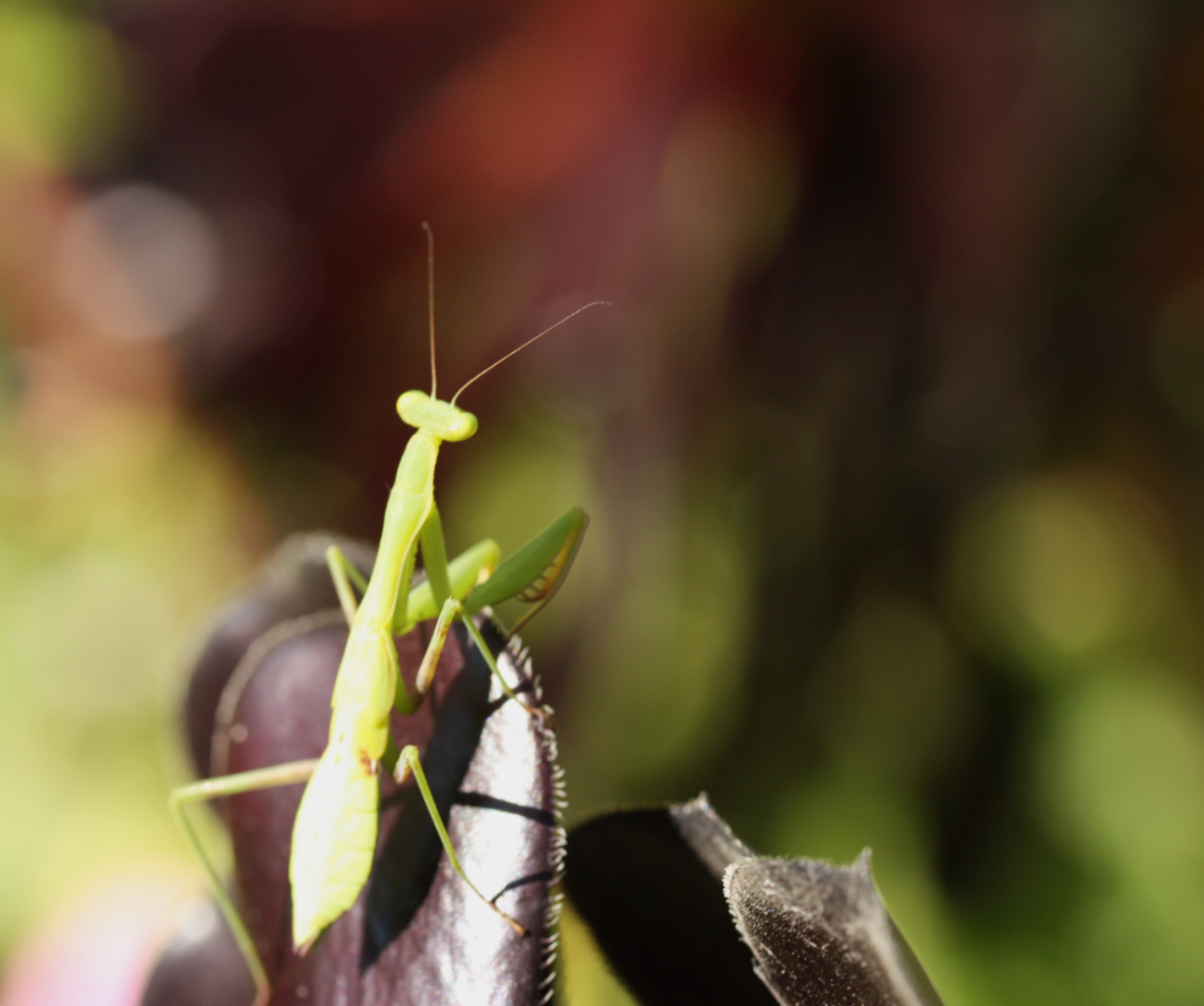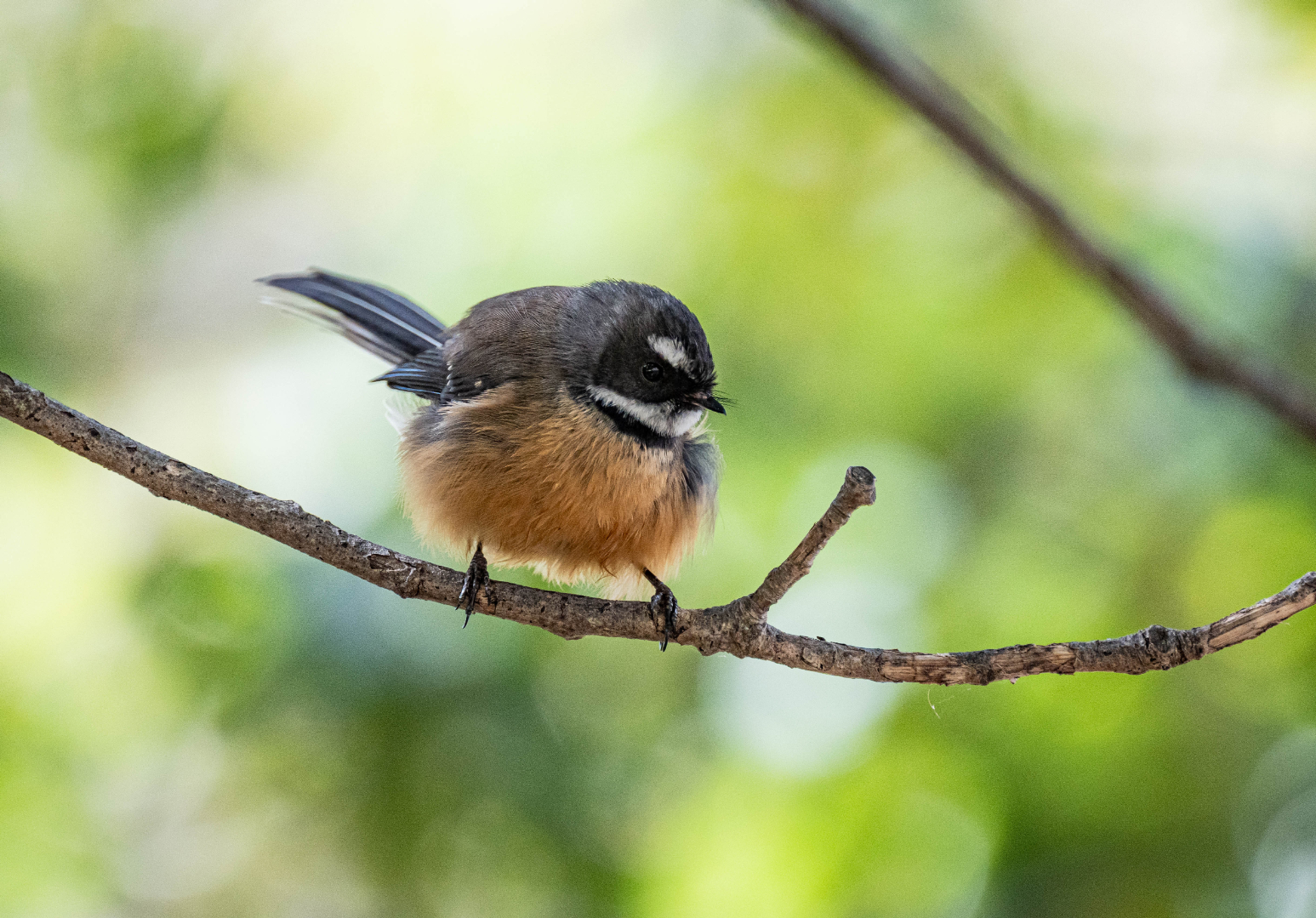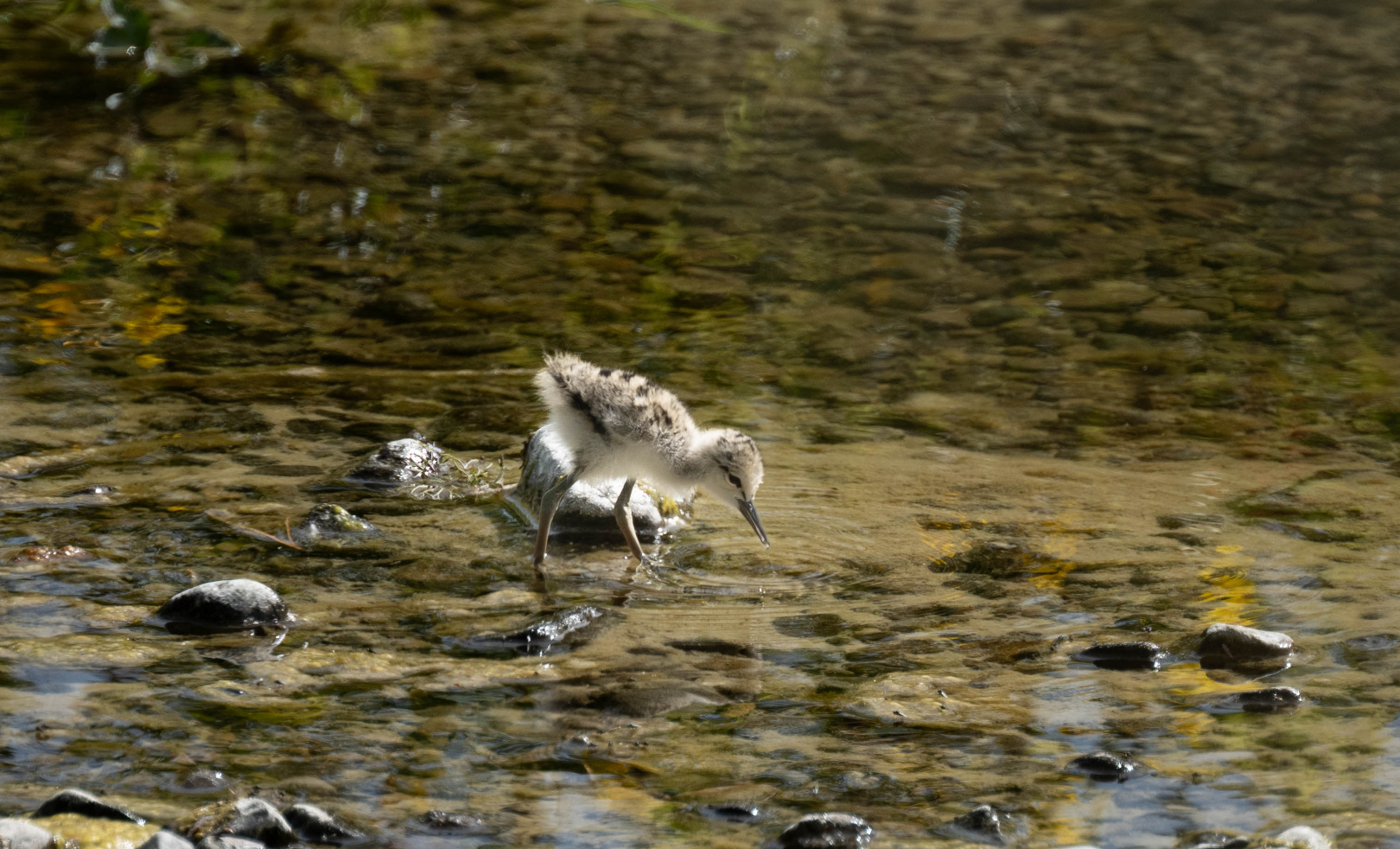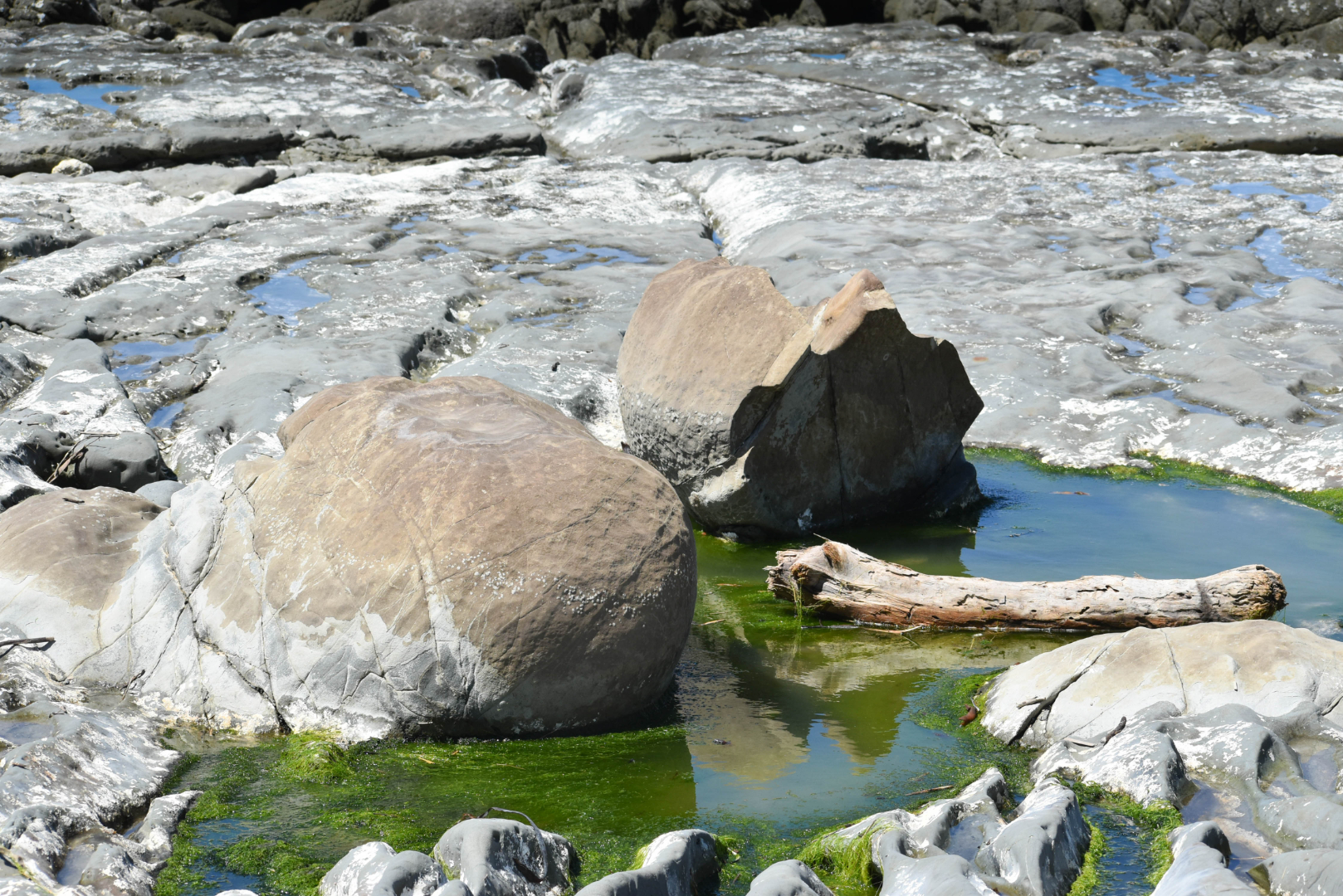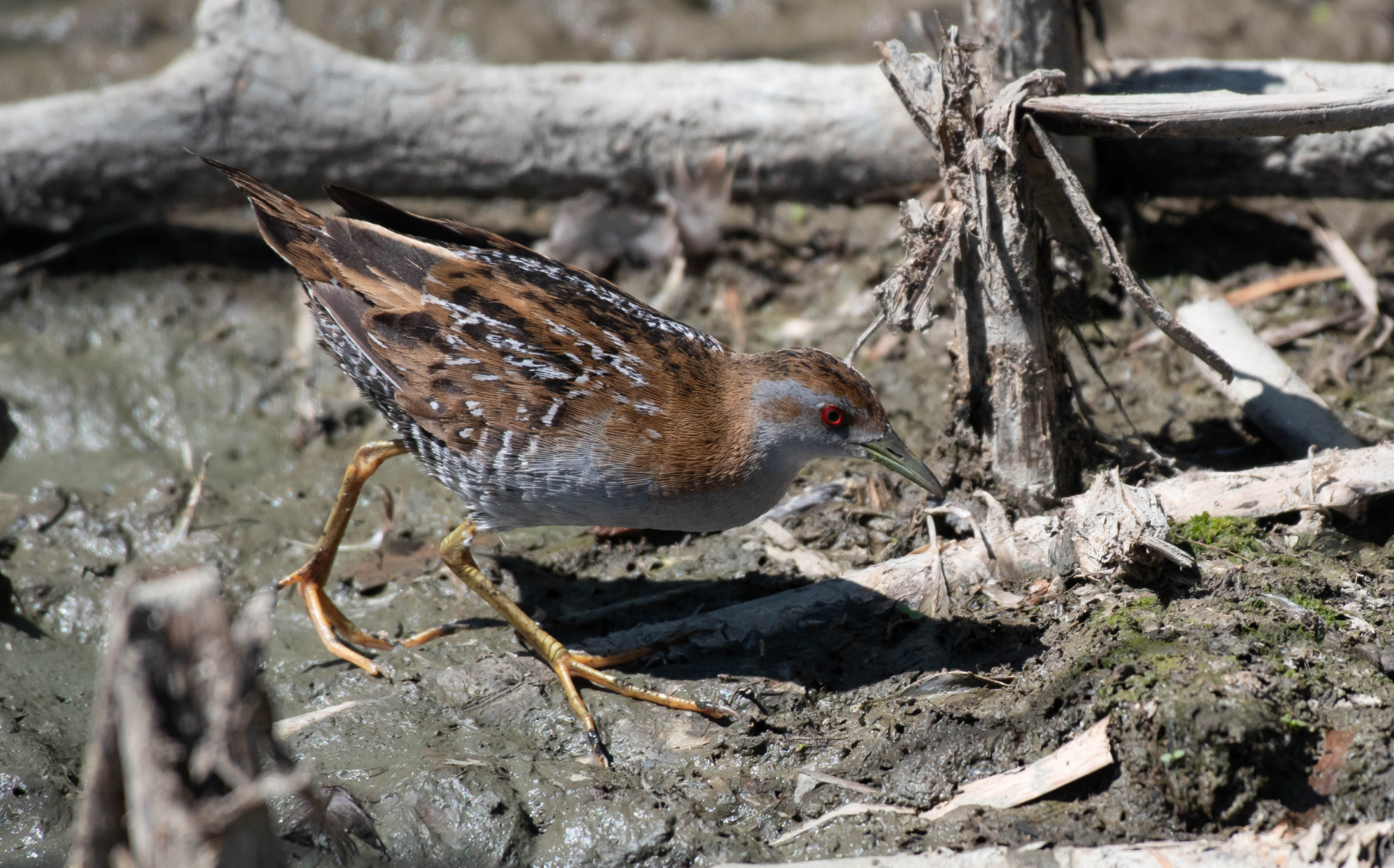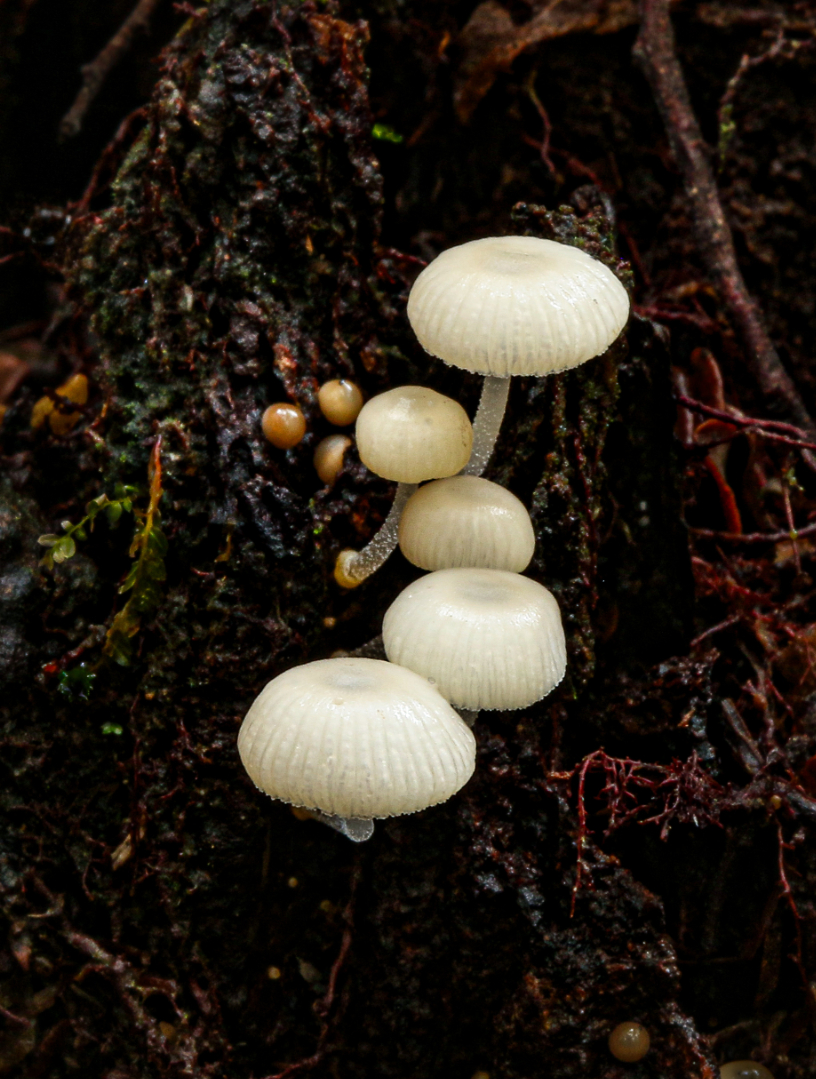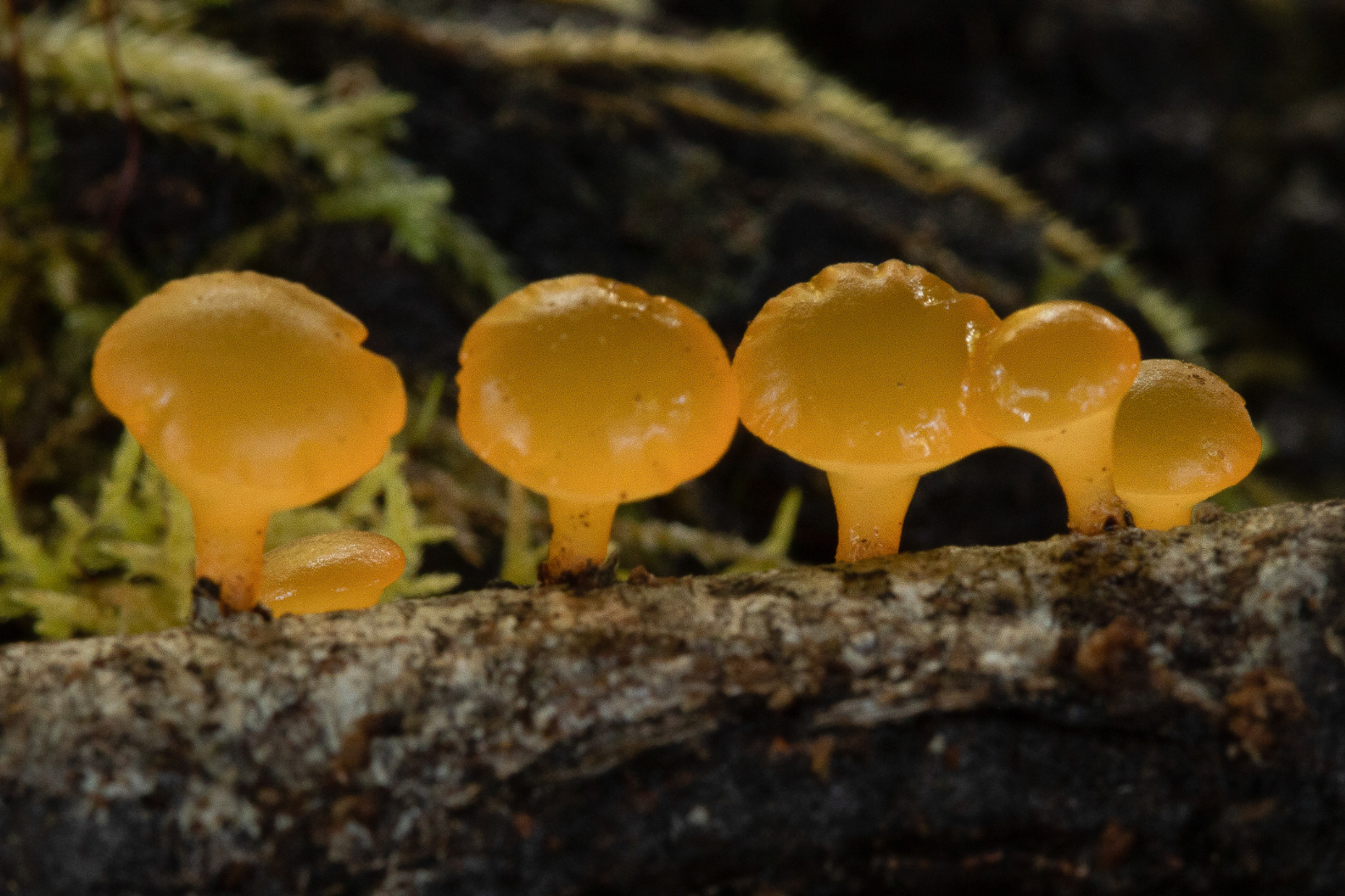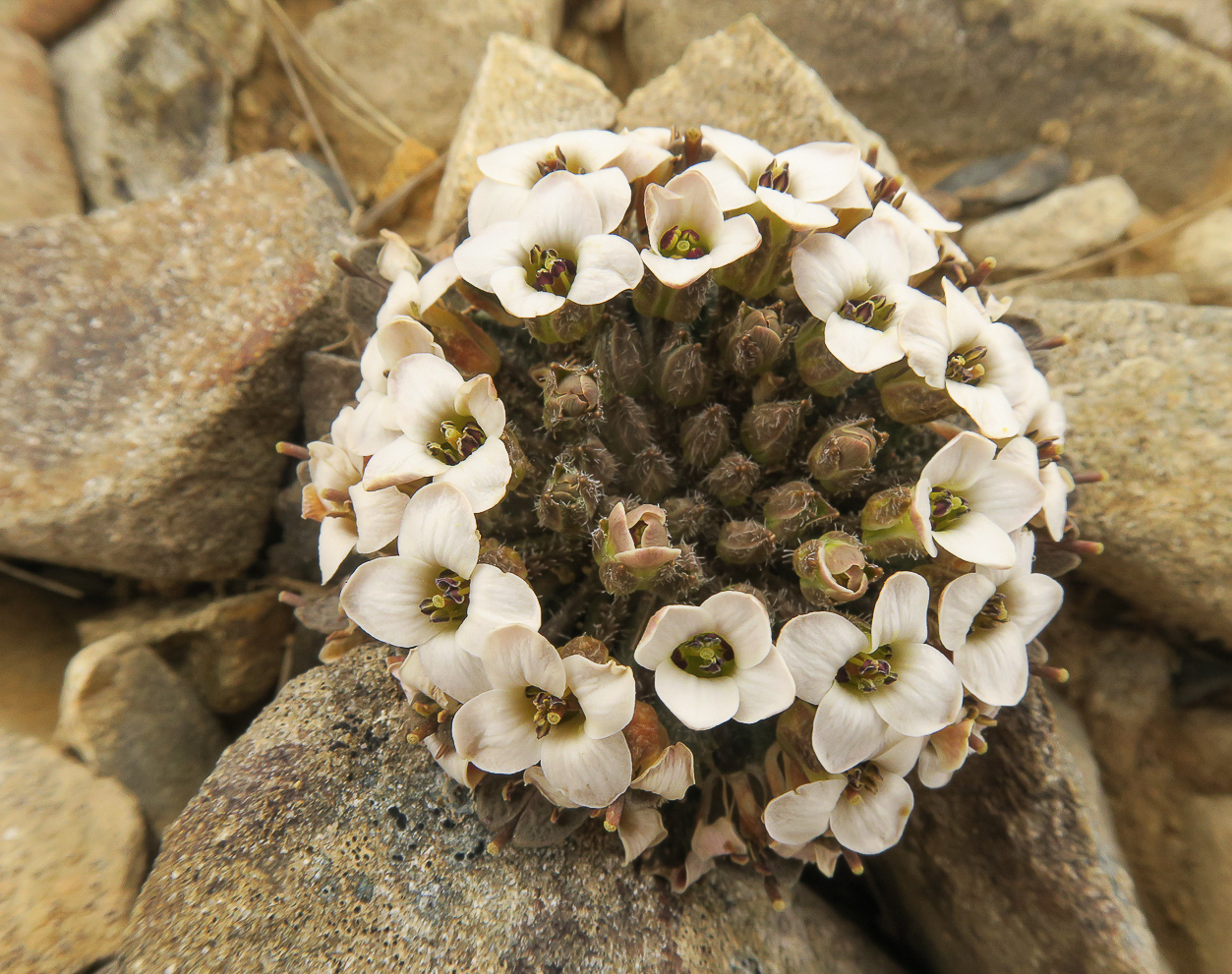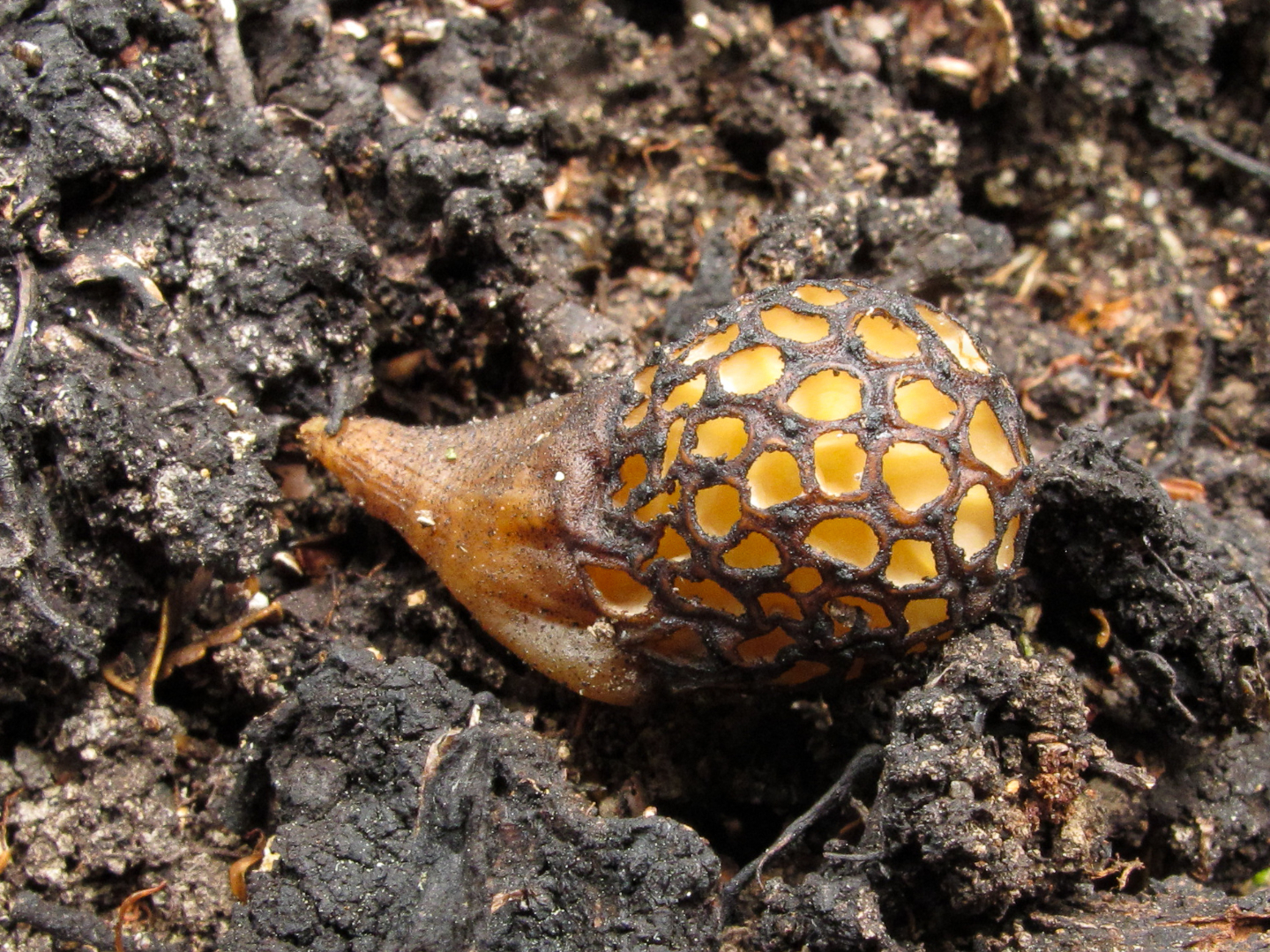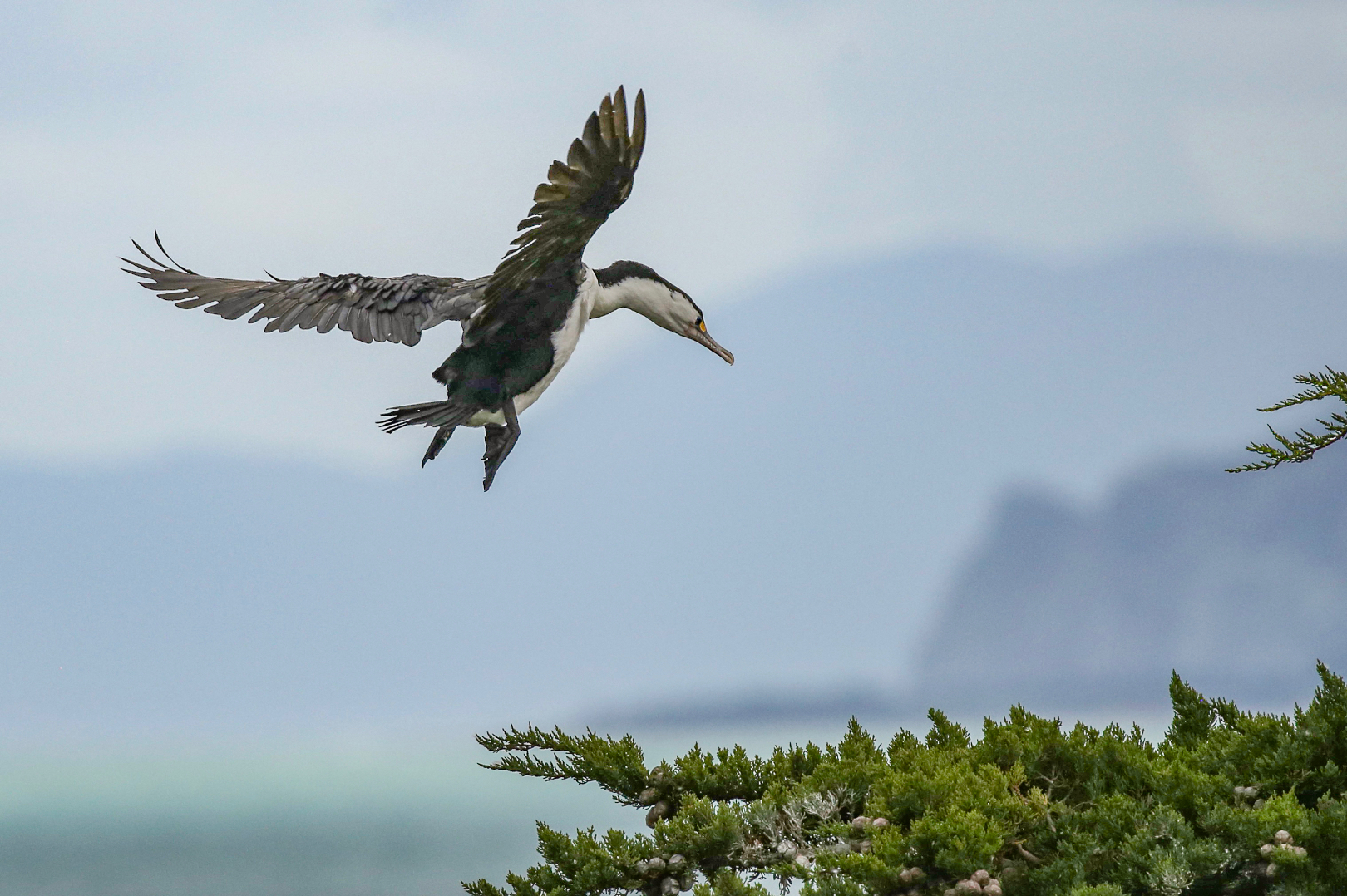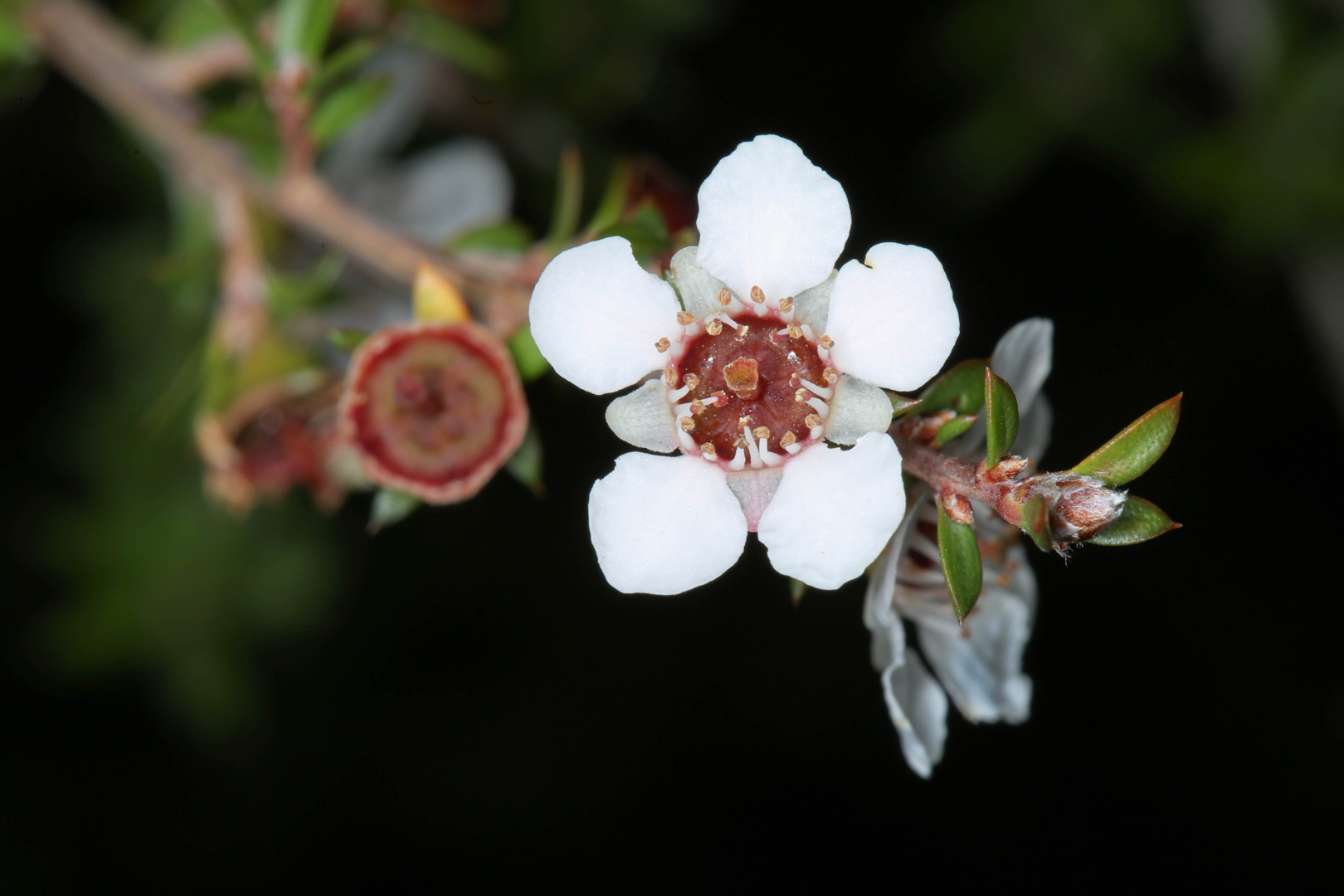Judge: Geoff Beals
MCC Trophy topic. Natural History (editing restrictions). You can submit up to 4 images for the Digital and Print MCC Trophy's.
The competition is NOT graded and NO points are awarded as per normal monthly competitions. Images that have previously been entered into Open Competitions may be re-entered into the Natural History Trophy Competition.
Two trophies are awarded:
Thebest print image (Brian Thwaites Trophy entries must be of NZ Natural History subjects only.- The best digital image (MCC trophy for Natural History Digital Images) entries may be natural history subjects from anywhere in the world.
All image titles MUST state the scientific/botanical or common name. If not present - the image will be unaccepted.
Images that have been previously entered in any MCC as "Open" may be re-entered into the MCC Natural History Trophy Competition. Up to two digital entries and two prints may be submitted
Two images per medium (prints and digital images) can be submitted for a total of four images - so a very unique opportunity.
ALLOWED SUBJECTS / EDITING RULES
- Subjects shall illustrate untamed animals, birds, and uncultivated plants in their natural habitat, astronomy, geology and phenomena not produced by man. Marine and botanical subjects (including fungi and algae) and naturalised subjects are allowed providing taken under natural conditions.
- Techniques that remove elements added by the camera, such as dust spots, digital noise are allowed. Colour images can be converted to grey-scale monochrome.
- Techniques that enhance the presentation of the photograph without changing the nature story or the pictorial content, or without altering the content of the original scene, are permitted including HDR, focus stacking and dodging/burning.
- Cropping is permitted.
NOT ALLOWED
- Photographs of human created hybrid plants, cultivated plants, feral animals, domestic animals, or mounted specimens are NOT eligible.
- No techniques that add, relocate, replace, or remove pictorial elements. Stitched images are not permitted. Infrared images, either direct-captures or derivations, are not permitted.
Jan 2022 - there has been two significant changes to the PSNZ rules. The following are NOW allowed:
- ZOO animal long as not domestic
- Man-made objects if necessary for the image.
Open
Set Subject
Here is a short video of some of my (Geoff Beals) favourite images that can be seen here: https://youtu.be/Q76SePddw90.
Good evening to everyone there at the Marlborough Camera Club. This is Geoff Beales from the Pukikohe Franklin Camera Club, and I want to thank you for the invitation to assess your nature images.
For those of you who don't know me, I'm just going to tell you a little bit more about myself. I've had a lifelong passion for photography and particularly enjoy creative photography, landscape and nature imagery. I have been an accredited member of the PSNZ judging panel since 1995 for open photography and since 2007 for nature. I have regularly judged at club level and have also judged the North Shore Salon and the National Exhibition several times each and the Whanganui Salon, the Dunedin Salon and the First PSNZ International Salem.
I've also just been asked to join the judge assessment panel at the end of last year. I have a strong interest in bird photography, which in 2011 led me to volunteer on Teri Teri Matangi Island, Initially as a guide, then subsequently as a member of the Kōkako monitoring team, and this has enabled me to indulge my interest in observing bird behaviours and photographing some of our rarest bird species.
Developing my image assessment skills remains a work in progress. I really enjoy evaluating other people's images and find it hones and stimulates my own photography. It's always an honor and a privilege to see what other people are doing with their imagination and imagery, and I thank you for the invitation and opportunity to view and assess your work.
I'll be sending a link to your club secretary of a video of my work that you can enjoy either viewing it or tonight at club or in your own time and perhaps that will give you a little bit of a background as to what my imagery is like.
PRINTS
So first up we're going to assess the natural history prints for your trophy for print photography and we have 14 images and I'm going to assess those in alphabetic name order or print name.
And our first image is called Banded Dotterel. This image is pretty sharp and shows the the bird in its natural setting on the beach amongst the shells and the driftwood. And I, I like that it's showing it in its natural setting. There are challenges here in the form of backlight which hasn't burnt out the back of the bird, but it has meant that the near side of the bird for us I think that perhaps we, you needed to open up the shadows a little to give us a bit more detail. We have no light in the eye either, which would have been an improvement. And primarily the main issue for me is that the bird is so small in the frame, and I think you really needed to drill in a little bit closer, either with your camera or in post production, to provide a bigger image of the bird. Otherwise, though, the the color and exposure is good. And that's what I have to say on this one.
Next up, we have clavarioid fungus species. And this is more commonly known as coral fungi, of course. And this is a nice specimen that you've chosen to show us here. It's nicely exposed. I like that even though the fungus is a creamy white color where, where you could easily have started to burn out somewhere within it, you haven't. So that's a sign of good exposure to me. I think a little bit more detail in the shadows might have been useful here. And we're a shade short in the depth of field to give us sharp tips. on on the top of the fungi or the fungus, and that's unfortunate. But otherwise it's a nicely composed and well taken image.
Our third image is Juvenile Amanita Fruit-bodies. I like the triangular composition of this image, with the three main caps in red forming a triangle. That's a pleasing sort of composition. I think that you found yourself in quite difficult light here and that has resulted in the right hand side of the fungi not having Uh, as good a light as would have been best to put on these and I think some sort of reflector on the right hand side, reflecting back into the fungi would have helped I suspect you've either photographed this By hand, or if you were on a tripod, you've had a little bump in the process of photographing it because we have ghosting around the caps which is just unfortunate. We also have a somewhat yellow tone to the image, which I think in a, in a dark forest we'd be more likely to see a tone of blue than a tone of yellow. So you've perhaps tried to warm it up, but I think perhaps it's gone a little bit too far. But those things said I, I do like the composition of this and thank you for bringing that to us
The next image is Marsh Crake at Lake Elterwater, and I've never managed to see one of these myself mainly I think because they're difficult to find up north I'm not even sure if they are up north but certainly they're like lots of the rail family they are bit secretive and hard to find. I think so. Well done for even showing us an image of the Marsh Creek. I think you've captured it in good light. And we have lovely light in the eye lovely feather detail throughout. And the exposure's pretty good. We are suffering a bit from the fact that it's, pretty much overhead light and so we're not perhaps getting quite as much texture as we would like, although we are of course getting texture on the side of the bird because that's where we're getting the side light from above. The main issue for me with this image is that it's a bit bright in the background and the bird being good at camouflaging itself doesn't stand out quite as well as it might. And I would just suggest, I don't dislike it as it is, please understand, but I think perhaps just toning down the highlights a little bit would help, and perhaps opening the shadows a tad as well might just help the bird stand out a bit better. But this is a lovely image and I really enjoyed it.
Pied stilt is our next image and this one is not only a nicely captured image of this bird in the water with reflections we also have the reeds for added interest and I really enjoy the composition here. It's managed to be both a pictorial image and a nature image at the same time and that's hard to do. So I've really enjoyed this one as well and thank you for that one.
The next one is Pied Stilt Chick, Poaka - Himantopus. And this is a nicely captured image too. I like that the bird is doing in the shallows and that we have the water dripping from its beak and the ripples from that radiating outwards. The light on the bird is, is quite lovely just once again where, we do have backlight here though and so the near side of the bird is not as well lit as I would like to see. It's also very small in the frame and I think this is another image where you really needed to zero in a bit more. And taken, you know, the, just the, the near rocks around the bird and the radiating ripples and, and the bird. And cut the thing down to about a quarter of the frame that you captured. I think if you were to do that, you'd find you have a much stronger image. But I enjoyed this one and thank you for showing that to us.
Pied Stilt, Himantopus himantopus leucocephalus. And this is, is showing an interesting aspect of the bird. The way that it's showing its stance here. Think that you have captured it well. And unfortunately it's in flat light. And so we're not really seeing light in the eye, which is A little bit unfortunate. I like the way the bird is looking back, though. And I think that having the bird in the middle, compositionally speaking is not as strong as if it was off to one side. For my money, I would choose to have off to the right slightly looking back into the image. And my suggestion would be that you cut maybe a quarter of the image off on the right hand side. And that might strengthen things up. You could even take some off the top as well and lift the bird a bit higher in the frame. So have a play with that and see what you like. Think about that. You could also tone down the grasses just in the near ground. I think that might help add to a little bit more weight to the base of the image. I, I like the way the bird is posed though and I think it's a very interesting image.
Next up is Piwakawaka and this is a lovely, little portrait of this fantail. I like it very much. The Photographer has come in close on the bird here and we have nice detail in the eye and nice sharp feather detail as well and I think it's a charming little portrait and I don't really have a lot more to say really. Ideally the diagonal out of focus branch in the top right wouldn't be there. But in nature, you can't take that out. So, um, we just live with it. Ideally, you'd have come a little bit further to the right and shot back towards the left a bit more and tried to avoid it. But, you know, when they're flitting around and you get a chance to shoot them That's what you do and you take what you get. One thing you could try though, is to crop in closer in a way that eliminates leaving that branch in the photo. And I think you have a good chance of doing that here, so I suggest you try that. Lovely image though.
And our next one is Shoveller Duck. This is a very nicely taken action photo of the shoveller duck shovelling through the water and I like it a lot. The tones are beautiful the sharpness, sharpness in the feather detail is also very nice indeed. The eye is just a tiny tad on the, on the side. It's out of focus side, and that's unfortunate, but I'm enjoying the action here and the reflections in the water as well. So well done for showing us that.
The next image we are showing is a silver tree fern canopy. And this is somewhat of a pattern shot and shows us the crown of a tree fern. I think it compositionally as a pattern, it's quite nicely presented. Thank you for that. I I think, however, from a natural history point of view it's somewhat limited in its natural history value here. We're not really seeing the whole of the Ponga and We're not seeing close up detail either and bearing in mind that natural history images are about documenting and showing us nature in a way that we can recognize or portray some particular aspect or feature or recognition of the species, some way to recognize and identify the species. And here I think that while you might possibly identify the species from this, it would not be as easy as if we had, we're seeing perhaps more of the tree or Going in closer for some close up detail that would help us identify, you know, the spore patterns or the the way the leaves are formed, for example. A nice image though uh, despite those comments.
And our next image. Tui. And this one has been well captured. I like that you've come in close. I like that you have light in the eye, and I think the tones in the image are very nice. It's a little bit short on depth of field, unfortunately, so the back of the bird's not sharp, and the front of the harakeke is not sharp either, but we do have nice sharpness on the bird's head and eye. I think it would have been really good if the poi was sharp enough, that's the throat feathers, if they, if that was sharp enough and detailed enough that we could see the feather detailing there. Unfortunately in this print that's burnt out. But generally speaking overall it's an appealing image when you step back and look at it. I think it's been well captured.
Next up we have Tui, Prosthemadera novaeseelandiae. I fully appreciate the image. And this image on of the Tui on Harakeke is nicely captured. It's sharp throughout so I like that part of it. The Tui is unfortunately blending into the background somewhat and we really are showing a back shot of the bird, and I would really have loved to have seen more of the bird, and particularly its head. You can just see the the crown of gold polym from the harakeke above its beak on its forehead and it would be nice to come around a little bit more to the side and look into the, the bird and the harakeke rather than into an abyss of softness and darkness, which we've got on the right side of the image. But I guess you captured what you could from where you were, and they were probably moving about quite a bit, so it's nice that you got the image that you did. So well done for that. Nicely exposed, by the way. I think it's very nicely done with a great depth of field.
So Ward Beach Rocks is the next image. And these are interesting rocks. But, and they are part of nature. So you've told us where they are. What I really would've liked is if you had tried to do something about telling us what they are. They look like they might be some sort of, the one on the left in particular looks like it might be a, a concretion like the Meraki Boulders, but I've no idea whether that's the case or not. So a little bit of research on these would've would have helped telling us where they are. At least gets us there to have a look at them for ourselves if we're interested, but from a natural history point of view, it would be nice if you had tried to identify what sort of rock formation we are seeing here. Compositionally. It's not a really strong image. We've got lots of bright white at the top above the rocks, whereas the rocks are really the prime point of interest you're telling us about here. And at the bottom we've got the green water, but it's chopped. off in part at the bottom left and I wonder whether you'd have been better to show a little bit more of the foreground and a little less of the top at the back and try to make a bit stronger a composition of it. Apart from that though, the exposure is good, and I think that you should maybe have another go next time you're out there and see if you can make a better composition of it.
And the last image is White Mycena Sp. This is a nicely captured grouping of myna species. And I, I am enjoying the composition. I think that you have been at pains with the white caps to make sure that you kept detail in there and you've opted for somewhat of an over an underexposure for the rest of the image in order to achieve that. I think that in order to show the environment that it's in. We could probably have done with opening up the shadows a bit so that we can see more of the environment that they're living in here. Apart from that the only other thing I think would have improved this is if you had managed to get down a little bit lower and maybe underneath the trees. The top cap so that we could see the gills, which is usually an important thing to show when it comes to fungi species. So I, I liked this image though. I thought it was very nicely composed and that's the last image for the print section.
Trophy winner will be announced at the MCC Aug club Evening (AGM as well) on 8th Aug.
DIGITAL
Our first image is called Bellbird, and this is a nice representation of a male bellbird. On the Kofai and I think that's been nicely seen and captured. The background is just a little bit bright and I think there's just a tad too much contrast, in this image, my suggestion for improvement here would be pull the contrast back a bit and substitute a bit of vibrance or saturation or a tad of both, just to get the color back, but not quite so strong a stretch between blacks and whites. And I also think a crop here would be useful, just cropping out the lone yellow flower that's on the margins at the right. Cropping out the bright spot at the top and left just leaving you with the bellbird and the cluster of flowers beneath it. I think that would be a stronger image. But it is nicely captured. I like the light in the eyes. And it's nicely sharp and diffuse in the background, which all works very nicely.
Next up we have Cyttaria gunnii, Beech Orange fungus [fallen]. And this is a nicely captured fungus. I haven't seen one of these I guess because I don't live very near any beech forest. But this is a very nice representation. I like the backlight through the fungus that's giving it a glow. The details are great and we're seeing the environment that it lives in as well. And that's very nicely seen and captured. So well done.
This next one is Giant Petrel, and this is a beautifully captured image of this bird. I think improvements here might be just to warm the tones up a bit. It's quite strongly blue because of the blue ocean punching blueness into things. So I would be pushing the colour temperature towards yellow just by, you know, five, six points, something like that. And the back of the bird has a lot better detail if you open the shadows or pull the contrast down a bit. And I think that would be helpful. You could pull the highlights back a tad as well, just to give us a bit less gladness on the head of the bird. So those are my suggestions there, but this is lovely image, beautifully crisp and sharp and well captured and congratulations.
Next we have Kingfisher. And this also has been well seen and captured. It's nice and sharp. You can see the bird is drying after having taken a dive, so it's got, it's having a bad hair day, but it's got its prize. So well done. I like the diffusion in the background, but the bird is fully crisp and sharp throughout, so you've done that well. I think I would perhaps just pull the highlights back a little and you know, And add a little bit of vibrance perhaps those things might just make the birds stand out a little bit more. But it's very nicely made as it is. And I like this one.
Kotuku is next. And this bird is clearly wrenching at the branch on the kofi tree. Probably trying to break something off for its nest. It's certainly in breeding plumage, and we can see that floating everywhere above the wings on both sides, so that's nicely seen as well. I think that we can improve things quite a bit here by opening up the shadows and cutting back on the contrast a little. That'll give us a bit more detail in those shadows. Probably just push the whites up a little. That will just make the bird seem more white. It also will give back some colour to the yellow cofi as well in the process. So those are my suggestions for improvement here, but great shot nice composition and well done.
Leratiomyces erythrocephalus. This is interesting these, I think fruit buds off a What do you call it? I think that's what they are and beautifully captured here. The red's quite vibrant. Once again, I think there's just a tad too much contrast here. There's not much else to say. I would have liked the red lips at the top to have been crisply sharp and they're just not quite crisply sharp throughout. But it's lovely to see this species in, in bloom like this and thank you for showing us.
Mycena Lividorubra. This is beautifully sharp on the Mycena itself. The caps are glistening and sharp and the gills very nicely pronounced and sharp as well. I wonder whether we need the fern to the right hand side and whether you might have made a picture here without those ferns, which are largely redundant in the story. I mean, they give us a bit of a background, but we still see the mosses in which they're growing. And I think we'd have had a stronger image without the ferns. The right hand side here. Otherwise though, beautiful representation of the species nicely crisp and, and sharp with a lovely diffuse background. So I'm, I'm enjoying that. Thank you.
New Fronds of Blechnum discolor. I think the interest in this image lies in the bottom half, really, but the, the bright, where the, where the fiddle heads are but that's where we're losing detail in the shadow and I'd have liked a composition where you got down closer to looking at the side of these ferns with the, the furled koru and capture those and give us more detail at the bottom, show us the base of the plant. This image feels a bit more pictorial than natural history related. This image doesn't help us a great deal. I guess we could identify the species from this picture, but it's not the best image you could have taken for helping us to identify the species. And that's really partly what natural history imaging imagery is about. So have another go at trying to better represent the species in a natural history way that would help us to more clearly identify the species, which is what we're trying to do.
Notothlaspi austral. I'm sure, is a mountain species on the rock scree slopes, and I think this has been nicely captured. It's nice and sharp throughout and we are seeing its environment so it's successful in this respect. I like that we've got flowers open and we can see buds as well. Where I think this could be improved is by pulling the colour temperature away from yellow back towards blue a tiny bit. Um, And toning down the highlights and opening the shadows and adding back a little bit of vibrance, I think those, those sorts of things would just get us away from the yellows and it would help us to see the details as well in the petals, a little bit more clearly. At the moment there's just a slight washout of detail, especially near the back and those petals, and I think that detail is there. So that's my thoughts on this one.
Orange nectar bat. And I'm sure this is not an orange plant. I'm pretty sure if, if I'm not wrong, this is a banana flower that we're seeing. And what a great image. Really crisp and clear. Obviously done at night and we've got flash on the bat. So it's been caught perfectly and, and crisply. But it's wing is not quite overlapping. The flower tip which is nice. I like that little degree of separation there. And yet it's close enough that we're not getting a bounce effect between two subjects. They sort of seem unified because of that close proximity. So this is great. I have no suggestions for improvement here. I think it's been brilliantly done.
Pied Fantail, I was interested to hear you call it that because I never hear them called Pied Fantail. In fact, I had to check. And of course, it is one of its names. We, like on Tere, calling them Pi Waka Waka, which is the one of the many Maori names for Pied Fantail. And it is used by local Iwi but I like this I like this representation of the bird. It's crisp and sharp. We're seeing it in the air, not seeing its tail out in a fan, but nonetheless, it's diving after the insects, and I love that we're seeing the insects in the air that it's chasing after. I think that's really cool, and that's been very well captured. They're hard to capture when they're in the air like this, and you've done a great job, so well done.
Side-striped Palm Pit Viper. I think has been very nicely captured. I love the way it's wrapping around the branch both above and below and I love that it's crisply sharp, but the background is is diffuse. A lovely Smooth bocky background. For my money I would love to see the colour temperature pulled back towards the blue because it's very yellow sort of a greeny yellow. I think I've seen this image before and I commented last time that it feels like it's in a fluorescent lighting situation or something of that sort because it's quite greeny yellow. And I'd pull that yellow back a little towards the blue and push the tint probably a bit towards the magenta from green and just get a more natural lighting on it. It doesn't want to go away from the yellow entirely but just allow some other colours to show through that are currently being dominated by the yellow. Nice shot though well taken and thank you for presenting it.
White Heron Wading (Kotuku). It's a nicely captured image of this bird. I like the reeds in the background as a backdrop for this and the reflection in the foreground. Those things really help this image. Personally, I think the sky in this image is a bit of a distraction and I would prefer a crop that retained the reed background but not the sky above it. I think that would remove an unnecessary distraction from the image, and that would be my main thought for improvement here. But this is a perfectly good shot, nicely captured, and that's my comments on this one.
Yellow jelly fungus. And this is a nice cluster that you've captured here. It's unfortunate that you really haven't managed to get your depth of field right here. In fact, hardly anything is sharp at all in this image. Just the leading edge of the third from the right cap is just, oh sorry, well the furthest away edge of that cap is actually what's sharp and that suggests that you've you've got your depth of field wrong here. So this really, you really need to try again on this and you won't find that cluster, I guess, but just be much more aware of your depth of field make sure that in trying to get the light, you don't close the shutter down, sorry, the you don't open the shutter up so far that you end up with too shallow a depth of field. Use your ISO to help you here. Much better to have an image that's sharp than an image that doesn't cut the mustard when it comes to capturing what you saw the way that you wanted to. The exposure on this is, is fine though and, , that's my comments on this one.
Bees Drinking. This is an interesting image, I'm not sure what they're drinking at. Maybe it's a birdbath or something like that. It looks like it could be something along that line, especially with the white background to it. And this is interesting but there is an unusual quality about this. It's got a softness about it that's unusual given the degree of relative sharpness we're seeing in the wings. And I don't know why that is, but, you know, we're not really seeing any of the the hair in any detail. It's quite fuzzy. And that's unfortunate. Even just looking at it from a distance, it doesn't look quite natural somehow. There's something wrong with the image quality here. Is an interesting subject though and it's interesting to see the bees drinking like this, which is not something we often see. So congratulations for that.
Cape Gooseberry. This is a nicely taken image. Unfortunately it's an introduced plant that's and a cultivated plant and falls outside the realms of the PSNZ nature rules. And so I'm going to pass on this one.
Fratercula arctica - Puffin. This is an interesting species. I always love puffin images. They're such colourful and unusual birds. This particular image is not quite sharp on the bird itself unfortunately. It may be that it was as sharp as you could get it but it's a close crop out of a whole frame. And we're just, you know, we've got as, as sharp as you were able to get it with the lens and the sensor that you had given the distance away that you were but it's not really what I would call a critically sharp image. It's, it's a nice image of the bird itself though, and we certainly get an idea from this of, of what they look like. And the depth of field has been well handled here with a nice diffuse background and within the limits of the technology you were using, probably as sharp as you were able to get it
Laminariales – Kelp. We are certainly seeing kelp. We don't get much of an idea of what it looks like, unfortunately, but that's just because it's floating on the surface. My general impression of the image is that it's somewhat busy. We're seeing lots of bits of kelp but not really getting much of an idea of the shape of any one bit, and we're seeing lots of star shaped specular highlights which are quite distracting, so that's just unfortunate. It presents as quite a busy image with some difficulty knowing quite where to focus on this one.
Manuka flower. This is a lovely study of a manuka flower with very nice sharp detail. The, the biggest issue for me is that the white of the pedals is just a little bit too white. We're overexposing on the whites and losing the pedal detail, which is there if you pull the exposure back a little. And pull back the highlights a little and substitute in a bit of white too. Pump things up again. I think that you have the makings of a very nice image here. It's all there, just as you've presented it. The pedals themselves are just a little bit overblown. So nice job.
Oyster catcher. This is an interesting subject. I'm not sure, it looks like some sort of weird shell that it's turning over, but I don't recognize what that would be. It's definitely got a degree of sharpness, but it's not got sufficient definition, I guess. And we're just losing a little bit of crispness about the image. I think you'd have done better to come in closer on the bird, or crop in closer, one or the other. I don't think we need all the beach and ocean around the bird that we're showing here. But otherwise, I do like that the bird is largely sharp, and the eye is showing highlight. We're seeing the colour in the eye all of that's working well. I'd love to know what it is that it's tossing over on the beach. That's all I have to say on this one.
Shag Landing. This is the pied shag, which wouldn't have been very hard for you to find out. And I think that it would have been nice to add that detail. It's an interesting image just suffers a bit for the lighting that it was shot in, and the fact that the bird is somewhat flying away from us, so we're not really getting a good view of the bird from this perspective. But it is sharp, and it looks like it is coming in for a landing in looks like a Macrocarpa of some sort. Maybe that's where it's roosting or nesting.
Willow herb, Epilobium. I think this is nicely seen and captured. Very colourful plant in amongst the rock screes. I think that we're just a little bit on the over contrasty side here. The whites are starting to burn out a bit, and the blacks are just a little bit on the deep side. I think that with a little bit of adjustment to the exposure and the contrast open the shadows just a little bit and pull back the highlights. You'll start to get an image that is not quite so hard on the eyes where we see the details in the dark areas and it still has good contrast. And those, that would be my suggestion this one. You could try also cropping the left plant out and, and concentrating on the two plants on the right. It would give us a bit of a triangular shape in the frame and you might Decide you like that crop but I'd like it also as you've shown it. So just a suggestion for you there.
Alectryon excelsus. I recognize the Titoki, which I have in my backyard. Mine hasn't yet come to flowering and fruiting like this yet. And I've had it in for ten years or so, I suppose. It's getting bigger, though. Maybe it won't be far away from producing these fruits. I always think they look delicious and wonder what they must taste like, but I've never actually tried one. But the birds sure go for them, so I would imagine, given that a lot of what the birds eat is actually quite tasty that they might actually have a good flavour. One of these days I'll give it a go. And this is showing the seed capsules with the fruit popping out very nicely. The Background is nicely diffuse, so well done there. The brightest part of the image is the back of the open capsule on the right at the bottom. Where we've got some burnout just starting to appear. So my suggestion with this one would be to, um, pull back a little on your exposure and, and highlights. And just try to get rid of that bright area if you can. You may have that in the raw image that you you're able to do that with. If it's clipped then you won't be able to save it I guess, but that's my suggestion for improvement on this one. I like the diagonal composition that you've given us here though.
California quail, Callipepla californica brunnescens. This is nicely captured and composed. I think I would rather have seen a little more brightness in the exposure here. The rocks in the background behind the little rock that the birds perched on, that's quite bright. So you might find you need to tone down the highlights, but you also need to open up the shadows. The breast where it's orangey in the middle is in deep shadow, and we're missing detail there. We're also missing detail under the bill in the black area. I think this just overall has too much contrast otherwise it's well captured. You also have a bit of a noise problem in this image and you could tidy up that noise and make this a better image. I think the bear bones are good there's just a little bit more post processing to do on this image. Those are my thoughts here.
Cruising Gannet. This image is nicely captured of the of the gannet in flight. So, well done for that, you've gone out and you've made a good image. I don't know what you've done post processing to it, though, but it's very soft in the whites. There is no detail in the whites at all, and all around the edges it seems to be bleeding off. It's almost like you used de haze in the opposite direction and increased the haze in the image. Or something of that sort. I don't know exactly what's happened here. Uh, but It's lost its natural feel and looks wrongly processed. Which is a pity because it's a nice image of this bird in flight.
Cyptotrama Asprata. This is an unusual fungus I don't remember ever seeing an image of this and it's got really lovely detail in it. This is a lovely composition and I love the developed head and the new head just coming away that's great all the details are there too, nothing's blown out, that's great, and you've managed a lovely Soft green bokeh in the background with your excellent handling of depth of field. So this is also very nicely done. For my money, I would probably pull the contrast back a bit pull down the highlights and open up the shadows a little and just get back to a more natural feel for this it's also just a little bit on the yellow side And maybe that's because you warmed it up but I think probably pulling a little bit back towards the blue and getting a more natural colour for this would be a good thing to look at. But those are relatively minor things and it's a beautiful image, well made, so congratulations.
Gliophorus viridis. This is a lovely image of this stem. I love the way that the light is reflecting without being glary off the cap, and we've got on the Glossy stem, we've got light reflection as well, but not too much, and it's not burning out badly. I have a couple of issues. One is that we're not seeing the base of this funky fungus and the other is that we've got a lot of nothing happening on the right hand half of the image. So probably you could have presented this as a portrait image and cropped in quite a bit. It's also a pity that the near ground is strongly green but very blurry. And I think that could only have been solved by having a bit more depth of field in front, so at least we got a little bit more detail in that blurriness. But I do like that we're seeing the gills and the, the fungus itself is brilliantly sharp.
Ileostylis micranthus. This is the New Zealand mistletoe, and I think it's a nice capture of the fruit in this image. We've just got some specular highlights that are a little bit bright, and it might have been a good idea to just try and pull down the exposure, maybe the highlights a little as well and that would not recover those specular highlights, of course, because they're off the charts. But the image itself is just a little bit overly bright and it needs to come down a tad on the exposure side. It's a nice representation of the species though, and we could certainly identify it from this. And I think it's a very satisfactory natural history image.
Mantis. The clear and obvious issue with this image is that it is not sharp almost anywhere in the image. And that's exacerbated by the fact that the exposure is overly bright on its thorax and is burnt out. So this is a case I'm afraid where you need to go back to the drawing board and try again. You'll need a better depth of field in the near ground in order to get the mantis. The next time you have the opportunity sharp but you've got the falloff in the background just right and your bocce is very beautiful and soft and just how I like it. So well done on that front.
Monarch butterfly. You've captured the butterfly well here. It's just unfortunate that your depth of field was a little bit wanting. You can see in the bottom left corner how beautifully crisp and sharp the leaves are. But by the time we get to the Monarch it's the nearest bits of it are just in focus. But none of the head or antenna or legs are in any way sharp and probably had a good enough depth of field. You just hadn't focused in sufficiently to get that depth of field to encompass the whole of the monarch. The yellow flowers are a little bit burnt out and you probably need to pull down the highlights in this one. Probably open the shadows a bit. Apart from that there's not much more I can suggest here. And just be thinking about that depth of field the next time you tackle one of these.
Paurocotylis Pila Berk. I think it's been well seen and captured. It's very strong in its colours and the near mosses that it's growing out of similarly vibrant and verdant green. And I think that perhaps we've just got overdone the saturation and contrast a little bit here. So I suggest that you come back and have another go at post processing this. The image itself is well captured beautifully sharp where it needs to be. The background bokeh is a little bit too detailed and it would be nice if you'd manage to just get that a bit softer, I think. Other than that, great shot.
Pied shag, Phalacrocorax varius varius with Flounder. And never ceases to amaze me what these birds are capable of choking down. I assume it choked it down and they certainly seem to have very stretchy jaws and throats. So well done on seeing this and capturing it. I think that's well seen and well, well done. I think that you probably could have focused in or cropped in a lot more closely and just shown us the shag and the flounder, and that would have made them a more important part of the scene and that would have been beneficial, I think. We're a little bit light on sharpness here and I think maybe that once again this is an image that might have not been full frame and been cropped in so that might just be a lack of sensor data to start with, because I can certainly see that the image itself was sharp when you took it. So, well done on seeing something really interesting in the natural history world and capturing it. That's great.
Resting Shag. This is a beautiful study of this shag. Which is, of course, a pied shag. And I love the way that you've come in close here. You've got everything nice and crisp and sharp. Colour wise, I think you have a colour balance problem here. It's very yellow. And that's somewhat problematic. I think that if you pulled the colour temperature back towards the blue introduced some blacks and, and a bit more vibrancy. You'll start to see the aqua in the eye. You don't have to get rid of all the yellow, but just enough yellow so that the whites start to look white and the, the colour of the bird looks more natural. So those are my thoughts on this and you have the essence of a very nice image here if you get the colour balance sorted. So well done on capturing something really nice.
Silvereye (Zosterops lateralis lateralis) on flax. And indeed it is. It's a nice capture of this bird as large as you've given it to us, it seems to be sharp, but we just don't have enough data to know whether it's truly sharp. The compositional issues with this are the trailing bits of the harakeke in the top left and right corners, which just they're out of focus and they're big and they're demanding of attention and it's just unfortunate that they are there. You could try cropping around, those and in closer on the bird and you might end up with something usable, but it might end up being cropped too closely. So I couldn't guarantee that would give a better result, but just a thought for you to try.
Sparrows (Passer domesticus) in conversation. And the conversation that they are having is, please feed me mama. The bird on the right is a chick, and you can tell by virtue of the yellow gape in the corners of its jaw and its wings are extended and fluttering and this is classic feed me behaviour. You clearly didn't quite press the shutter at the right moment to capture the bird feeding its young. The moment was right there before you. But it is a nice moment and it's pretty sharp.
Just a little bit short on image real estate here where we don't have a very big image I'm afraid, and we're only 800 by 774, so it's not got enough detail to be really sure that the image was sharp, but from what you've shown us, it seems to be a sharp image. So a very nice moment captured here. Well done.
The Tui (Prosthemadera novaeseelandiae. So nice capture here of this bird and all Tui at Harakeke time end up with this golden crown above their beaks and on their foreheads. It's there price that they pay for getting to feed on the nectar. And in the process it's of benefit to the harikeki because the next flower that gets drunk from picks up some of the, that pollen. So nice capture. The bird itself is just too dark. And I think that you probably needed a tad more exposure and yeah just I would lift the exposure and pull down the highlights and you'll start to end up with a, an image that doesn't look so dark and gloomy. But a nice capture of this bird and I like it.
Tui (Prosthemadera novaeseelandiae novaeseelandiae) feasting on flax. And this is the yellow flowering flax it's a smaller variety and no less appetizing to the tui, I'm sure. It's a nice capture. I like the dynamic, an angle that the bird's on, just the eye and the neck feathers are not critically sharp in this image. And that's unfortunate. Also, the bright greens of the BKI background very strong, and it would be nice if that could be controlled a little more somehow. Perhaps a little less vibrance in the image might make it less eye striking. So those are my thoughts on this one
The last image is White Heron (Egretta alba modesta) (Kotuku) on display. This bird is in its breeding plumage, we can see. And it's got nice feather detail and seems to be generally sharp as well. So all of that's good. The main criticism I have is that you have a gap at the top and the legs are chopped off at the bottom. And I think if you had aimed your camera just a tiny bit further down, you'd have got the whole bird in the frame. And that's what I would've liked to have seen. Apart from that though, it's a very nice capture of this bird. And well done.
The trophy winners and place getters will be presented at our August club evening (and AGM) on 8th Aug.
Share:

